Complete Overview of Generative & Predictive AI for Application Security
Machine intelligence is redefining application security (AppSec) by enabling heightened weakness identification, automated assessments, and even self-directed attack surface scanning. This article offers an thorough discussion on how machine learning and AI-driven solutions are being applied in AppSec, written for security professionals and decision-makers in tandem. We’ll examine the development of AI for security testing, its present capabilities, limitations, the rise of agent-based AI systems, and future directions. Let’s begin our analysis through the past, present, and coming era of AI-driven AppSec defenses. History and Development of AI in AppSec Initial Steps Toward Automated AppSec Long before machine learning became a hot subject, cybersecurity personnel sought to mechanize vulnerability discovery. In the late 1980s, Dr. Barton Miller’s pioneering work on fuzz testing demonstrated the impact of automation. His 1988 university effort randomly generated inputs to crash UNIX programs — “fuzzing” exposed that 25–33% of utility programs could be crashed with random data. This straightforward black-box approach paved the groundwork for future security testing strategies. By the 1990s and early 2000s, practitioners employed scripts and scanning applications to find common flaws. Early static scanning tools behaved like advanced grep, searching code for insecure functions or embedded secrets. While these pattern-matching approaches were beneficial, they often yielded many spurious alerts, because any code resembling a pattern was reported without considering context. Growth of Machine-Learning Security Tools From the mid-2000s to the 2010s, university studies and commercial platforms improved, shifting from static rules to intelligent analysis. ML slowly infiltrated into AppSec. Early implementations included neural networks for anomaly detection in network traffic, and probabilistic models for spam or phishing — not strictly application security, but predictive of the trend. Meanwhile, static analysis tools got better with flow-based examination and control flow graphs to monitor how inputs moved through an software system. A major concept that emerged was the Code Property Graph (CPG), combining structural, control flow, and data flow into a single graph. This approach allowed more semantic vulnerability analysis and later won an IEEE “Test of Time” award. By capturing program logic as nodes and edges, analysis platforms could pinpoint multi-faceted flaws beyond simple pattern checks. In 2016, DARPA’s Cyber Grand Challenge demonstrated fully automated hacking machines — capable to find, prove, and patch vulnerabilities in real time, without human intervention. The winning system, “Mayhem,” combined advanced analysis, symbolic execution, and certain AI planning to contend against human hackers. This event was a landmark moment in autonomous cyber protective measures. Major Breakthroughs in AI for Vulnerability Detection With the rise of better learning models and more datasets, machine learning for security has accelerated. Large tech firms and startups concurrently have attained milestones. One important leap involves machine learning models predicting software vulnerabilities and exploits. An example is the Exploit Prediction Scoring System (EPSS), which uses hundreds of features to forecast which CVEs will be exploited in the wild. This approach enables security teams prioritize the highest-risk weaknesses. In detecting code flaws, deep learning networks have been fed with huge codebases to spot insecure constructs. Microsoft, Alphabet, and various organizations have revealed that generative LLMs (Large Language Models) boost security tasks by writing fuzz harnesses. For one case, Google’s security team leveraged LLMs to generate fuzz tests for OSS libraries, increasing coverage and finding more bugs with less human involvement. Present-Day AI Tools and Techniques in AppSec Today’s AppSec discipline leverages AI in two primary formats: generative AI, producing new outputs (like tests, code, or exploits), and predictive AI, evaluating data to detect or project vulnerabilities. These capabilities cover every segment of AppSec activities, from code analysis to dynamic assessment. Generative AI for Security Testing, Fuzzing, and Exploit Discovery Generative AI outputs new data, such as inputs or code segments that uncover vulnerabilities. This is evident in AI-driven fuzzing. Traditional fuzzing derives from random or mutational payloads, while generative models can devise more precise tests. Google’s OSS-Fuzz team tried large language models to write additional fuzz targets for open-source codebases, boosting bug detection. In the same vein, generative AI can aid in building exploit scripts. Researchers cautiously demonstrate that AI empower the creation of PoC code once a vulnerability is understood. On the adversarial side, ethical hackers may leverage generative AI to expand
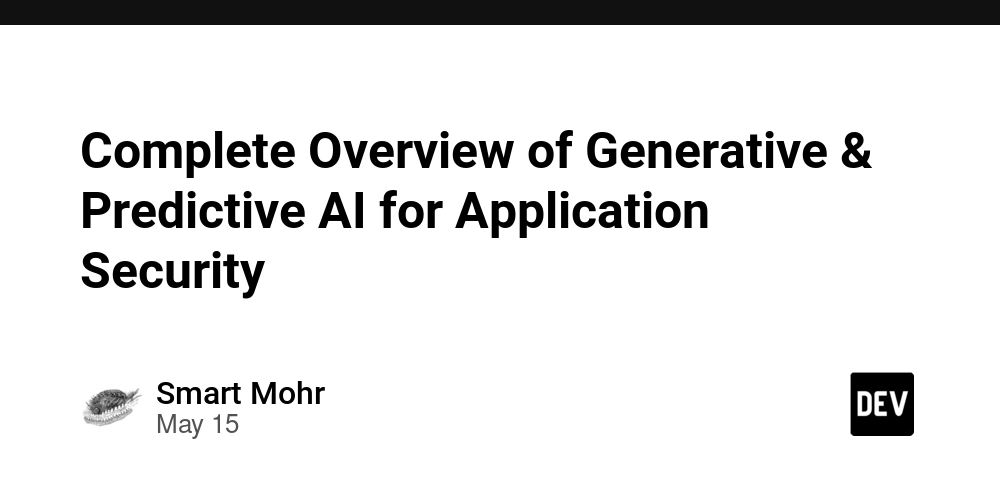
Machine intelligence is redefining application security (AppSec) by enabling heightened weakness identification, automated assessments, and even self-directed attack surface scanning. This article offers an thorough discussion on how machine learning and AI-driven solutions are being applied in AppSec, written for security professionals and decision-makers in tandem. We’ll examine the development of AI for security testing, its present capabilities, limitations, the rise of agent-based AI systems, and future directions. Let’s begin our analysis through the past, present, and coming era of AI-driven AppSec defenses.
History and Development of AI in AppSec
Initial Steps Toward Automated AppSec
Long before machine learning became a hot subject, cybersecurity personnel sought to mechanize vulnerability discovery. In the late 1980s, Dr. Barton Miller’s pioneering work on fuzz testing demonstrated the impact of automation. His 1988 university effort randomly generated inputs to crash UNIX programs — “fuzzing” exposed that 25–33% of utility programs could be crashed with random data. This straightforward black-box approach paved the groundwork for future security testing strategies. By the 1990s and early 2000s, practitioners employed scripts and scanning applications to find common flaws. Early static scanning tools behaved like advanced grep, searching code for insecure functions or embedded secrets. While these pattern-matching approaches were beneficial, they often yielded many spurious alerts, because any code resembling a pattern was reported without considering context.
Growth of Machine-Learning Security Tools
From the mid-2000s to the 2010s, university studies and commercial platforms improved, shifting from static rules to intelligent analysis. ML slowly infiltrated into AppSec. Early implementations included neural networks for anomaly detection in network traffic, and probabilistic models for spam or phishing — not strictly application security, but predictive of the trend. Meanwhile, static analysis tools got better with flow-based examination and control flow graphs to monitor how inputs moved through an software system.
A major concept that emerged was the Code Property Graph (CPG), combining structural, control flow, and data flow into a single graph. This approach allowed more semantic vulnerability analysis and later won an IEEE “Test of Time” award. By capturing program logic as nodes and edges, analysis platforms could pinpoint multi-faceted flaws beyond simple pattern checks.
In 2016, DARPA’s Cyber Grand Challenge demonstrated fully automated hacking machines — capable to find, prove, and patch vulnerabilities in real time, without human intervention. The winning system, “Mayhem,” combined advanced analysis, symbolic execution, and certain AI planning to contend against human hackers. This event was a landmark moment in autonomous cyber protective measures.
Major Breakthroughs in AI for Vulnerability Detection
With the rise of better learning models and more datasets, machine learning for security has accelerated. Large tech firms and startups concurrently have attained milestones. One important leap involves machine learning models predicting software vulnerabilities and exploits. An example is the Exploit Prediction Scoring System (EPSS), which uses hundreds of features to forecast which CVEs will be exploited in the wild. This approach enables security teams prioritize the highest-risk weaknesses.
In detecting code flaws, deep learning networks have been fed with huge codebases to spot insecure constructs. Microsoft, Alphabet, and various organizations have revealed that generative LLMs (Large Language Models) boost security tasks by writing fuzz harnesses. For one case, Google’s security team leveraged LLMs to generate fuzz tests for OSS libraries, increasing coverage and finding more bugs with less human involvement.
Present-Day AI Tools and Techniques in AppSec
Today’s AppSec discipline leverages AI in two primary formats: generative AI, producing new outputs (like tests, code, or exploits), and predictive AI, evaluating data to detect or project vulnerabilities. These capabilities cover every segment of AppSec activities, from code analysis to dynamic assessment.
Generative AI for Security Testing, Fuzzing, and Exploit Discovery
Generative AI outputs new data, such as inputs or code segments that uncover vulnerabilities. This is evident in AI-driven fuzzing. Traditional fuzzing derives from random or mutational payloads, while generative models can devise more precise tests. Google’s OSS-Fuzz team tried large language models to write additional fuzz targets for open-source codebases, boosting bug detection.
In the same vein, generative AI can aid in building exploit scripts. Researchers cautiously demonstrate that AI empower the creation of PoC code once a vulnerability is understood. On the adversarial side, ethical hackers may leverage generative AI to expand phishing campaigns. For defenders, organizations use automatic PoC generation to better test defenses and develop mitigations.
AI-Driven Forecasting in AppSec
Predictive AI scrutinizes information to spot likely bugs. Instead of fixed rules or signatures, a model can infer from thousands of vulnerable vs. safe software snippets, noticing patterns that a rule-based system could miss. This approach helps label suspicious constructs and predict the severity of newly found issues.
Prioritizing flaws is a second predictive AI use case. The Exploit Prediction Scoring System is one illustration where a machine learning model orders known vulnerabilities by the probability they’ll be attacked in the wild. This lets security programs focus on the top subset of vulnerabilities that carry the highest risk. Some modern AppSec solutions feed pull requests and historical bug data into ML models, forecasting which areas of an product are most prone to new flaws.
Merging AI with SAST, DAST, IAST
Classic SAST tools, dynamic scanners, and IAST solutions are more and more augmented by AI to improve performance and accuracy.
SAST scans binaries for security vulnerabilities in a non-runtime context, but often produces a torrent of false positives if it lacks context. AI helps by ranking findings and filtering those that aren’t genuinely exploitable, using smart data flow analysis. Tools like Qwiet AI and others employ a Code Property Graph combined with machine intelligence to assess exploit paths, drastically lowering the noise.
DAST scans the live application, sending attack payloads and monitoring the outputs. AI advances DAST by allowing autonomous crawling and evolving test sets. The AI system can figure out multi-step workflows, single-page applications, and microservices endpoints more accurately, raising comprehensiveness and reducing missed vulnerabilities.
IAST, which hooks into the application at runtime to record function calls and data flows, can yield volumes of telemetry. An AI model can interpret that telemetry, finding dangerous flows where user input affects a critical sensitive API unfiltered. By combining IAST with ML, false alarms get pruned, and only actual risks are shown.
Code Scanning Models: Grepping, Code Property Graphs, and Signatures
Today’s code scanning systems commonly combine several methodologies, each with its pros/cons:
Grepping (Pattern Matching): The most fundamental method, searching for strings or known markers (e.g., suspicious functions). Simple but highly prone to wrong flags and missed issues due to lack of context.
Signatures (Rules/Heuristics): Rule-based scanning where security professionals encode known vulnerabilities. It’s good for standard bug classes but not as flexible for new or obscure bug types.
Code Property Graphs (CPG): A contemporary semantic approach, unifying syntax tree, CFG, and DFG into one structure. Tools process the graph for critical data paths. Combined with ML, it can detect unknown patterns and cut down noise via reachability analysis.
In actual implementation, vendors combine these approaches. They still rely on signatures for known issues, but they enhance them with AI-driven analysis for context and machine learning for prioritizing alerts.
Securing Containers & Addressing Supply Chain Threats
As organizations embraced Docker-based architectures, container and open-source library security rose to prominence. AI helps here, too:
Container Security: AI-driven container analysis tools inspect container files for known security holes, misconfigurations, or sensitive credentials. Some solutions assess whether vulnerabilities are reachable at runtime, lessening the alert noise. Meanwhile, machine learning-based monitoring at runtime can highlight unusual container activity (e.g., unexpected network calls), catching attacks that traditional tools might miss.
Supply Chain Risks: With millions of open-source libraries in public registries, manual vetting is infeasible. AI can study package behavior for malicious indicators, spotting hidden trojans. Machine learning models can also evaluate the likelihood a certain third-party library might be compromised, factoring in maintainer reputation. This allows teams to pinpoint the high-risk supply chain elements. Likewise, AI can watch for anomalies in build pipelines, confirming that only authorized code and dependencies enter production.
Obstacles and Drawbacks
Although AI introduces powerful features to software defense, it’s not a cure-all. Teams must understand the shortcomings, such as misclassifications, exploitability analysis, bias in models, and handling zero-day threats.
Accuracy Issues in AI Detection
All machine-based scanning deals with false positives (flagging benign code) and false negatives (missing actual vulnerabilities). AI can mitigate the false positives by adding reachability checks, yet it risks new sources of error. A model might “hallucinate” issues or, if not trained properly, ignore a serious bug. Hence, expert validation often remains necessary to confirm accurate results.
Measuring Whether Flaws Are Truly Dangerous
Even if AI detects a vulnerable code path, that doesn’t guarantee hackers can actually access it. Evaluating real-world exploitability is complicated. Some tools attempt symbolic execution to prove or disprove exploit feasibility. However, full-blown practical validations remain rare in commercial solutions. Therefore, many AI-driven findings still require expert input to label them urgent.
Data Skew and Misclassifications
AI systems learn from collected data. If that data is dominated by certain vulnerability types, or lacks instances of emerging threats, the AI might fail to anticipate them. Additionally, a system might downrank certain languages if the training set suggested those are less apt to be exploited. Frequent data refreshes, diverse data sets, and bias monitoring are critical to lessen this issue.
Coping with Emerging Exploits
Machine learning excels with patterns it has processed before. A entirely new vulnerability type can escape notice of AI if it doesn’t match existing knowledge. Threat actors also work with adversarial AI to trick defensive tools. Hence, AI-based solutions must adapt constantly. Some developers adopt anomaly detection or unsupervised ML to catch deviant behavior that signature-based approaches might miss. Yet, even these heuristic methods can overlook cleverly disguised zero-days or produce noise.
Agentic Systems and Their Impact on AppSec
A modern-day term in the AI domain is agentic AI — autonomous systems that not only produce outputs, but can take tasks autonomously. In AppSec, this implies AI that can control multi-step operations, adapt to real-time responses, and take choices with minimal human input.
What is Agentic AI?
Agentic AI systems are given high-level objectives like “find weak points in this software,” and then they map out how to do so: aggregating data, running tools, and adjusting strategies based on findings. Consequences are substantial: we move from AI as a helper to AI as an independent actor.
Agentic Tools for Attacks and Defense
Offensive (Red Team) Usage: Agentic AI can conduct simulated attacks autonomously. Vendors like FireCompass market an AI that enumerates vulnerabilities, crafts exploit strategies, and demonstrates compromise — all on its own. Likewise, open-source “PentestGPT” or comparable solutions use LLM-driven logic to chain scans for multi-stage exploits.
Defensive (Blue Team) Usage: On the safeguard side, AI agents can monitor networks and proactively respond to suspicious events (e.g., isolating a compromised host, updating firewall rules, or analyzing logs). Some security orchestration platforms are integrating “agentic playbooks” where the AI executes tasks dynamically, in place of just executing static workflows.
Autonomous Penetration Testing and Attack Simulation
Fully self-driven penetration testing is the ambition for many security professionals. Tools that comprehensively detect vulnerabilities, craft exploits, and evidence them with minimal human direction are becoming a reality. Successes from DARPA’s Cyber Grand Challenge and new agentic AI signal that multi-step attacks can be combined by AI.
Potential Pitfalls of AI Agents
With great autonomy arrives danger. An agentic AI might accidentally cause damage in a live system, or an hacker might manipulate the agent to mount destructive actions. Comprehensive guardrails, segmentation, and oversight checks for potentially harmful tasks are critical. Nonetheless, agentic AI represents the future direction in cyber defense.
Upcoming Directions for AI-Enhanced Security
AI’s influence in AppSec will only expand. We project major developments in the next 1–3 years and beyond 5–10 years, with new governance concerns and adversarial considerations.
what role does ai play in appsec Short-Range Projections
Over the next couple of years, organizations will integrate AI-assisted coding and security more commonly. Developer platforms will include AppSec evaluations driven by LLMs to flag potential issues in real time. Machine learning fuzzers will become standard. Ongoing automated checks with autonomous testing will augment annual or quarterly pen tests. Expect improvements in alert precision as feedback loops refine learning models.
Cybercriminals will also exploit generative AI for phishing, so defensive filters must evolve. We’ll see malicious messages that are very convincing, demanding new ML filters to fight machine-written lures.
Regulators and compliance agencies may start issuing frameworks for ethical AI usage in cybersecurity. For example, rules might require that businesses audit AI recommendations to ensure oversight.
Futuristic Vision of AppSec
In the 5–10 year timespan, AI may reshape the SDLC entirely, possibly leading to:
AI-augmented development: Humans co-author with AI that generates the majority of code, inherently enforcing security as it goes.
Automated vulnerability remediation: Tools that go beyond flag flaws but also patch them autonomously, verifying the correctness of each solution.
Proactive, continuous defense: AI agents scanning apps around the clock, anticipating attacks, deploying mitigations on-the-fly, and dueling adversarial AI in real-time.
Secure-by-design architectures: AI-driven architectural scanning ensuring software are built with minimal attack surfaces from the foundation.
We also expect that AI itself will be tightly regulated, with requirements for AI usage in high-impact industries. This might mandate traceable AI and continuous monitoring of ML models.
Oversight and Ethical Use of AI for AppSec
As AI becomes integral in AppSec, compliance frameworks will adapt. We may see:
AI-powered compliance checks: Automated compliance scanning to ensure standards (e.g., PCI DSS, SOC 2) are met on an ongoing basis.
Governance of AI models: Requirements that entities track training data, demonstrate model fairness, and record AI-driven decisions for authorities.
Incident response oversight: If an autonomous system conducts a containment measure, who is accountable? Defining accountability for AI actions is a challenging issue that compliance bodies will tackle.
Ethics and Adversarial AI Risks
Beyond compliance, there are ethical questions. Using AI for behavior analysis might cause privacy breaches. Relying solely on AI for critical decisions can be risky if the AI is biased. Meanwhile, malicious operators adopt AI to evade detection. Data poisoning and model tampering can disrupt defensive AI systems.
Adversarial AI represents a escalating threat, where attackers specifically undermine ML models or use generative AI to evade detection. Ensuring the security of AI models will be an essential facet of cyber defense in the next decade.
Closing Remarks
Machine intelligence strategies are fundamentally altering software defense. We’ve explored the historical context, modern solutions, hurdles, agentic AI implications, and long-term prospects. The key takeaway is that AI acts as a powerful ally for defenders, helping accelerate flaw discovery, rank the biggest threats, and streamline laborious processes.
Yet, it’s not infallible. Spurious flags, biases, and novel exploit types still demand human expertise. The constant battle between adversaries and defenders continues; AI is merely the most recent arena for that conflict. Organizations that incorporate AI responsibly — aligning it with team knowledge, robust governance, and regular model refreshes — are poised to thrive in the continually changing world of AppSec.
Ultimately, the potential of AI is a safer application environment, where vulnerabilities are detected early and fixed swiftly, and where security professionals can combat the agility of cyber criminals head-on. With continued research, partnerships, and evolution in AI capabilities, that future will likely be closer than we think.what role does ai play in appsec




















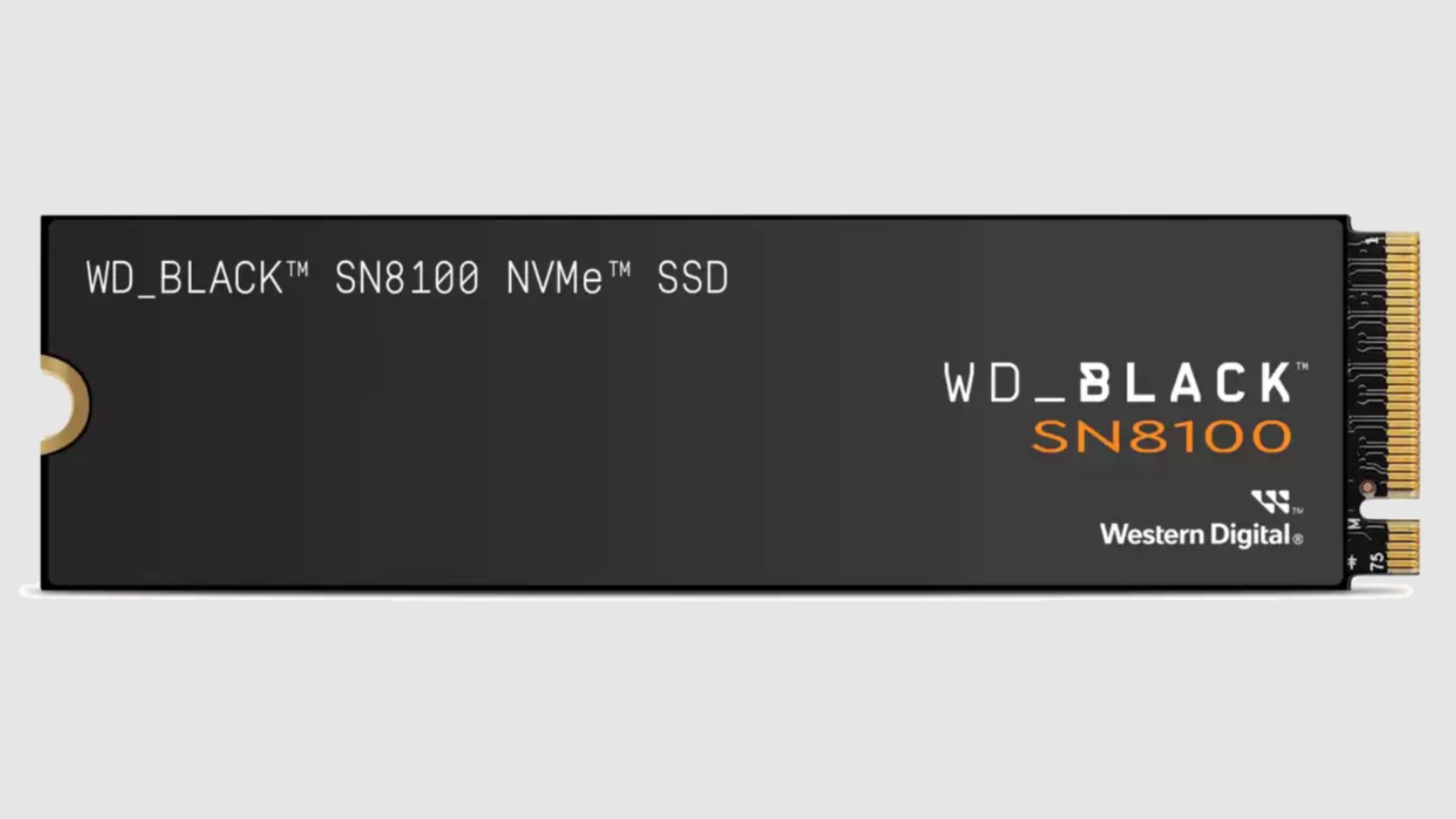





























































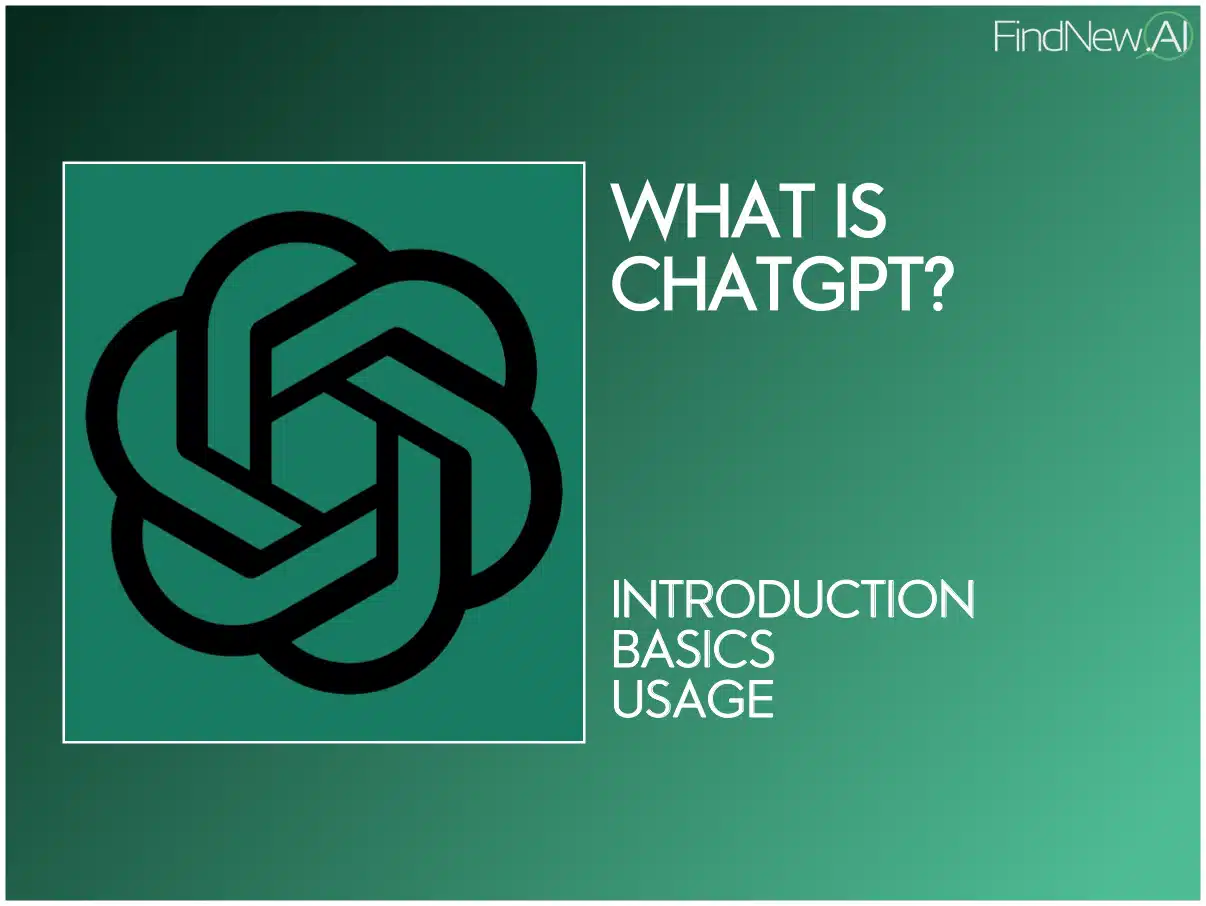




















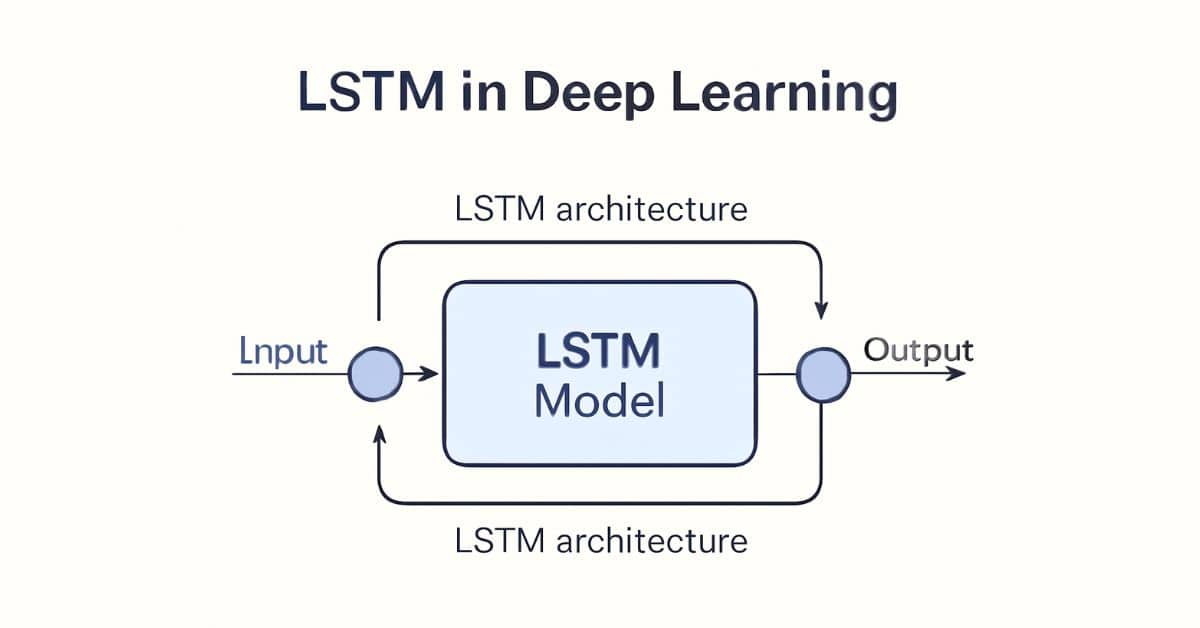


















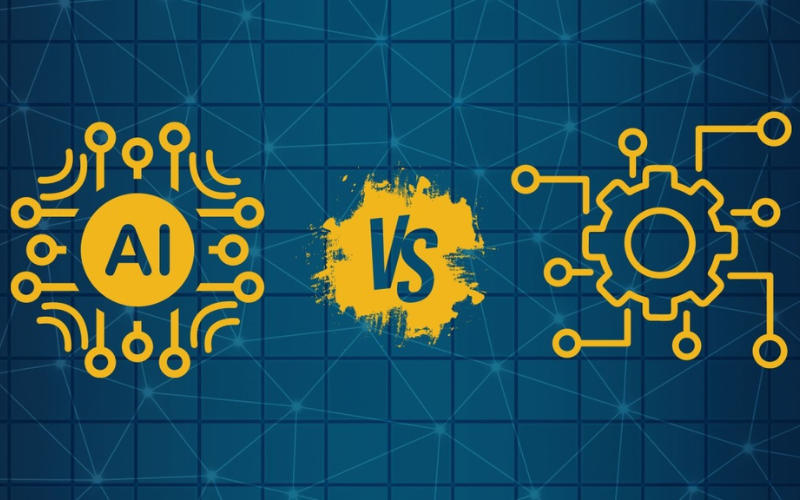



























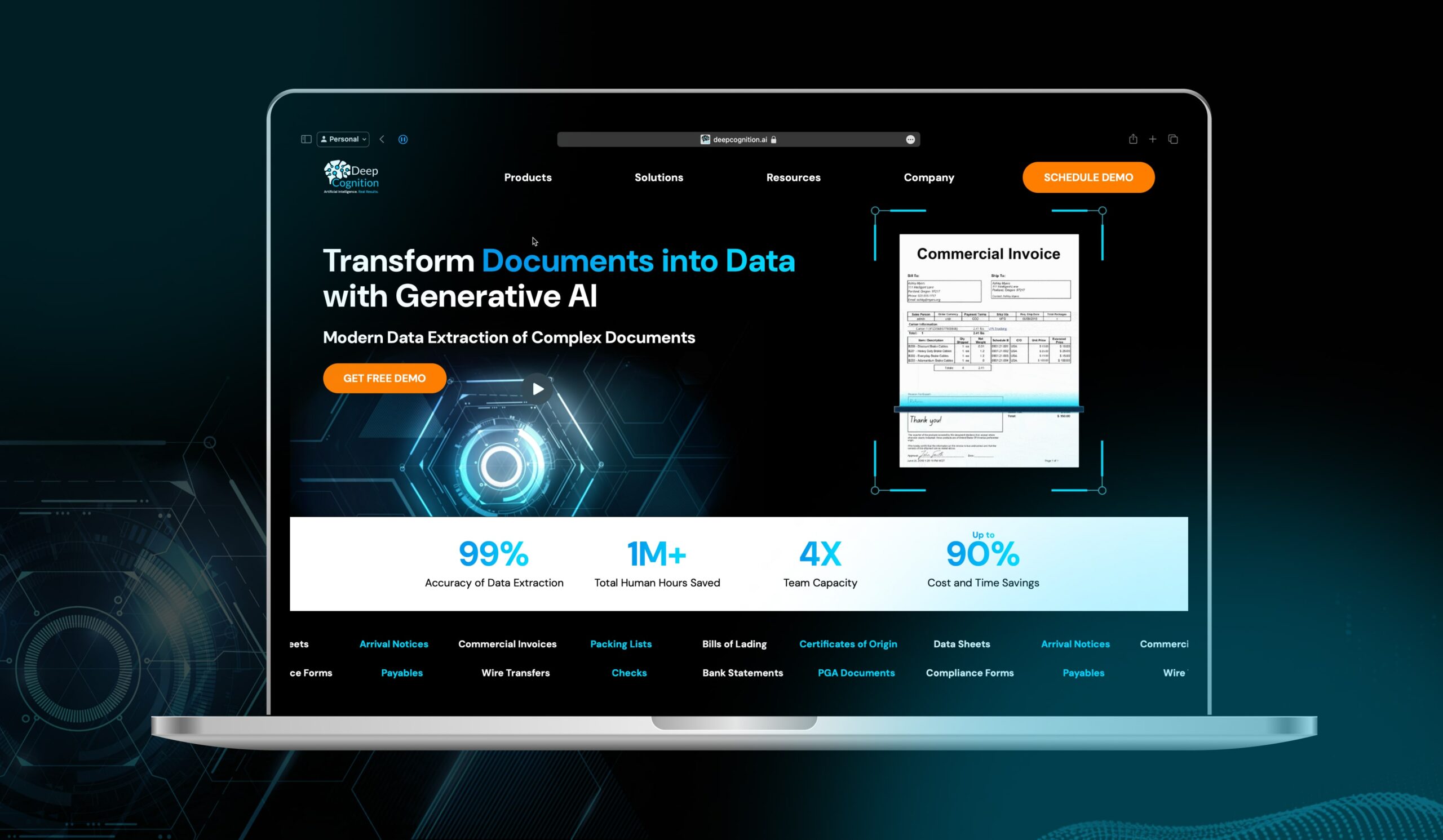




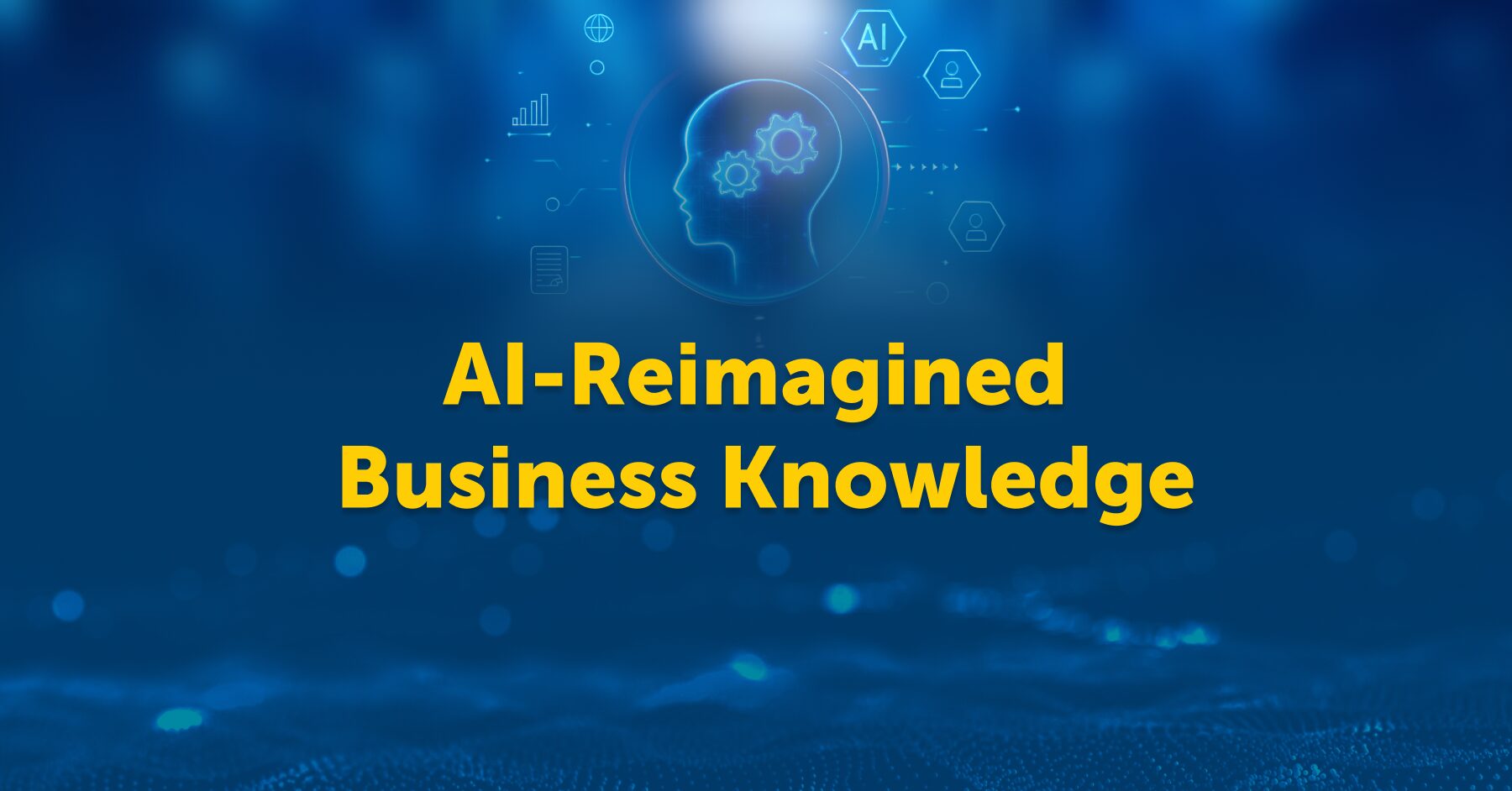
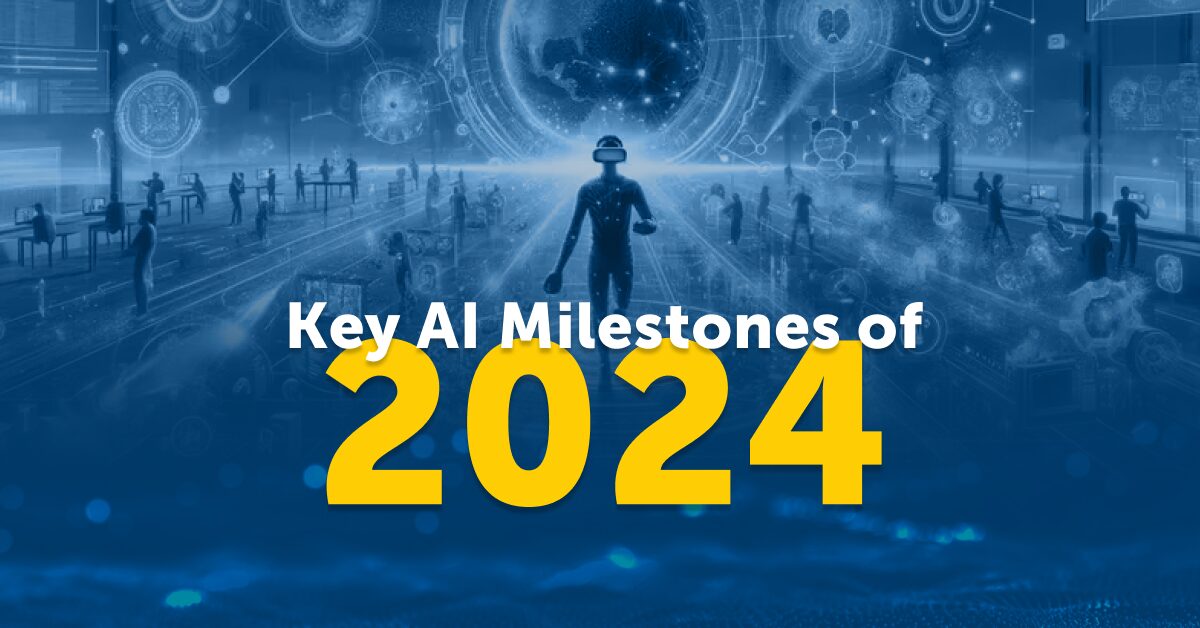


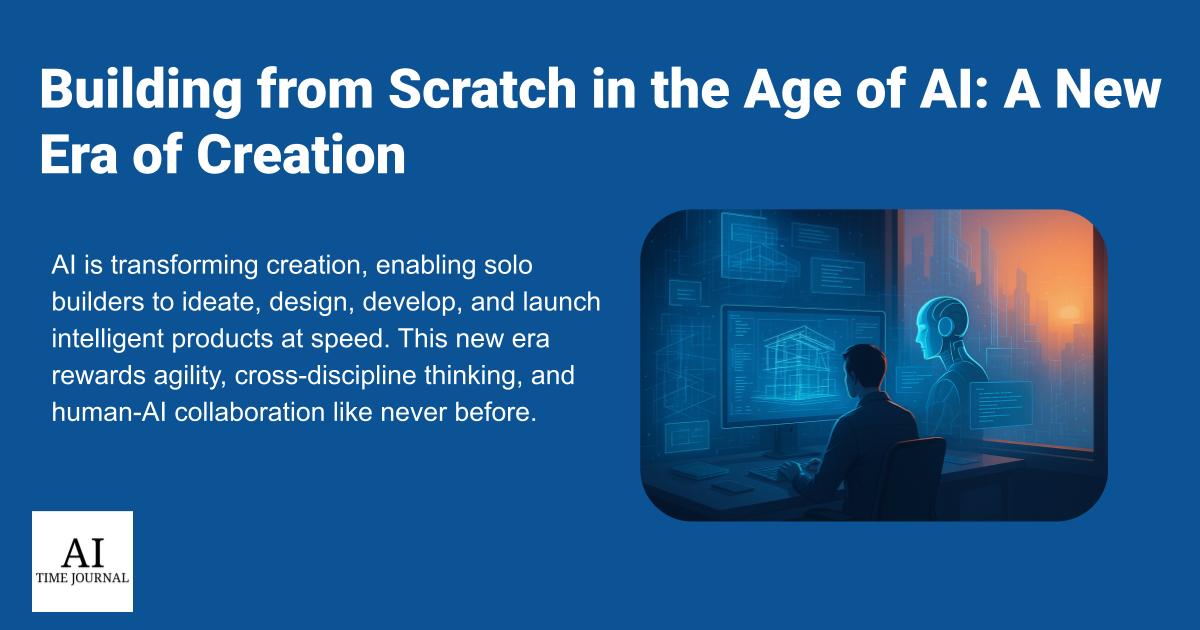


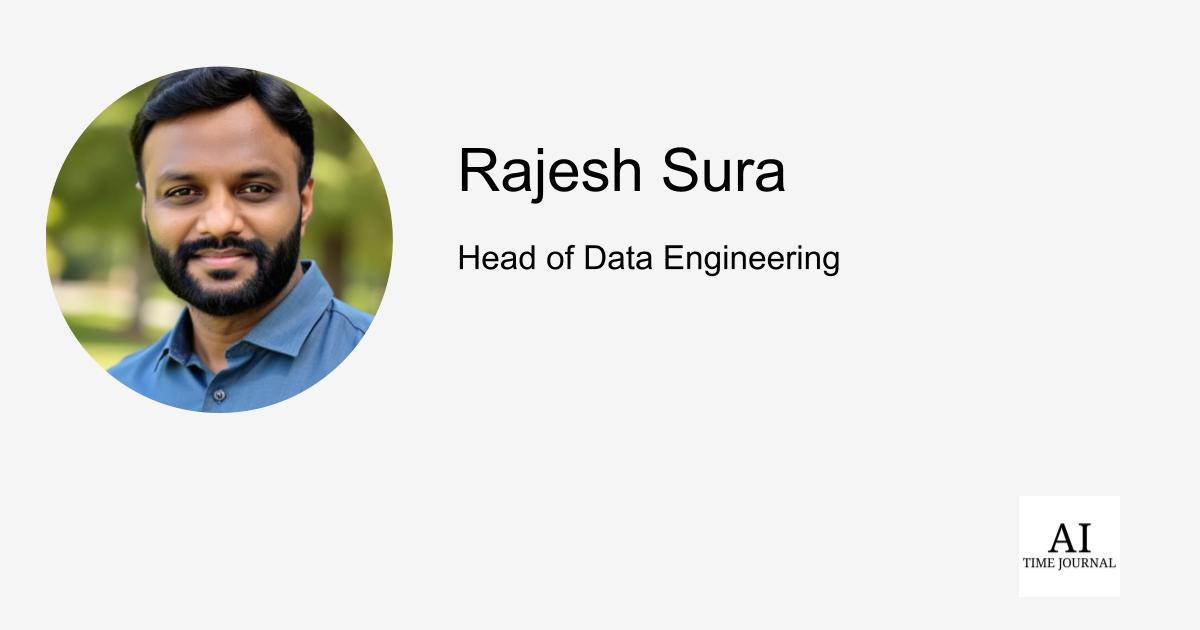
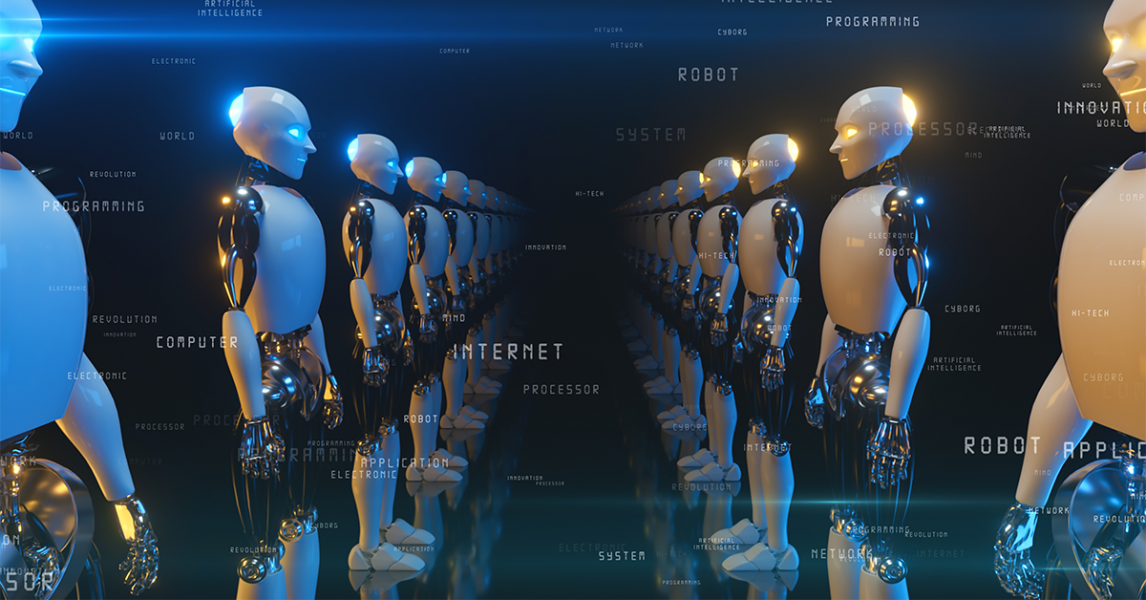








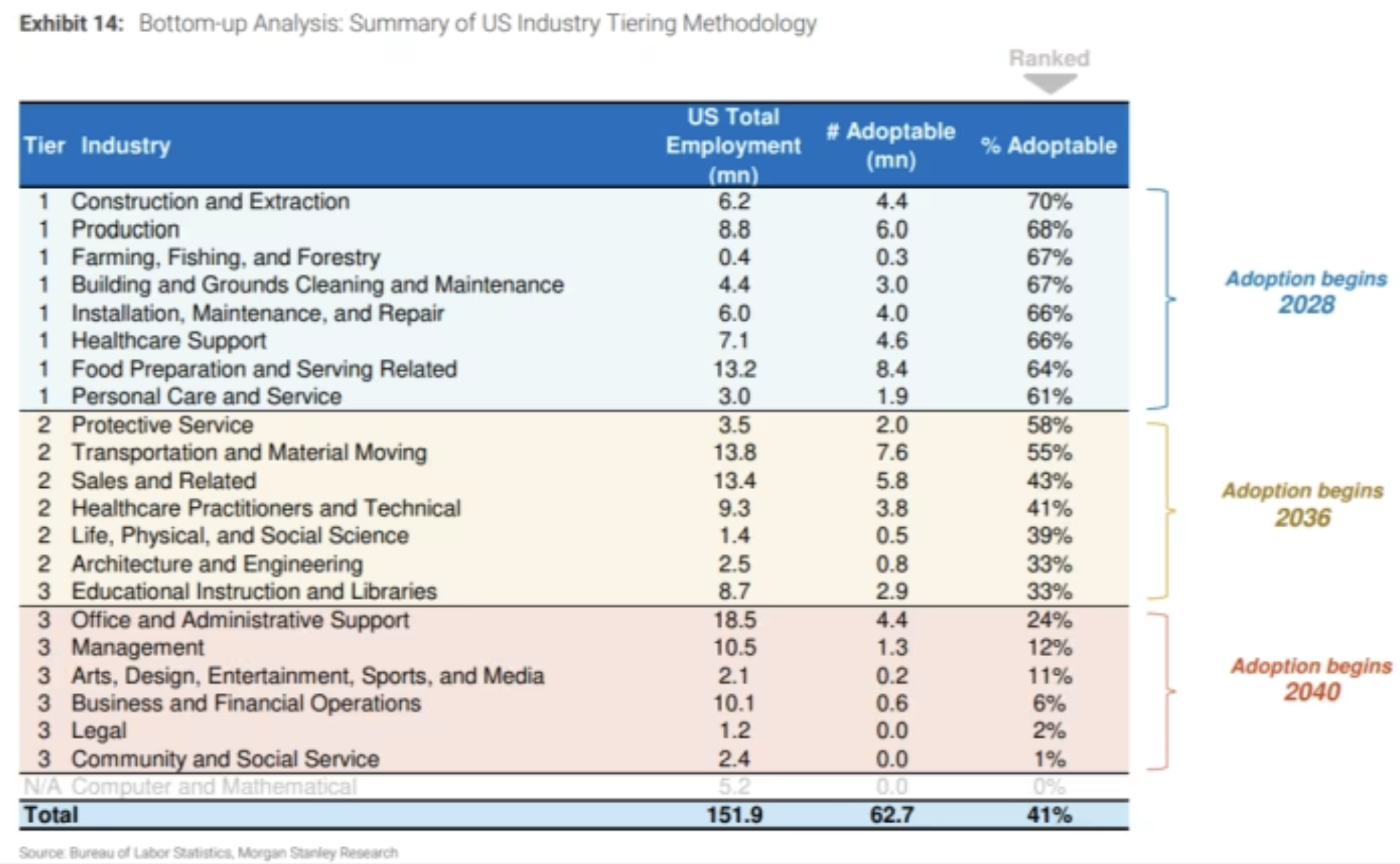
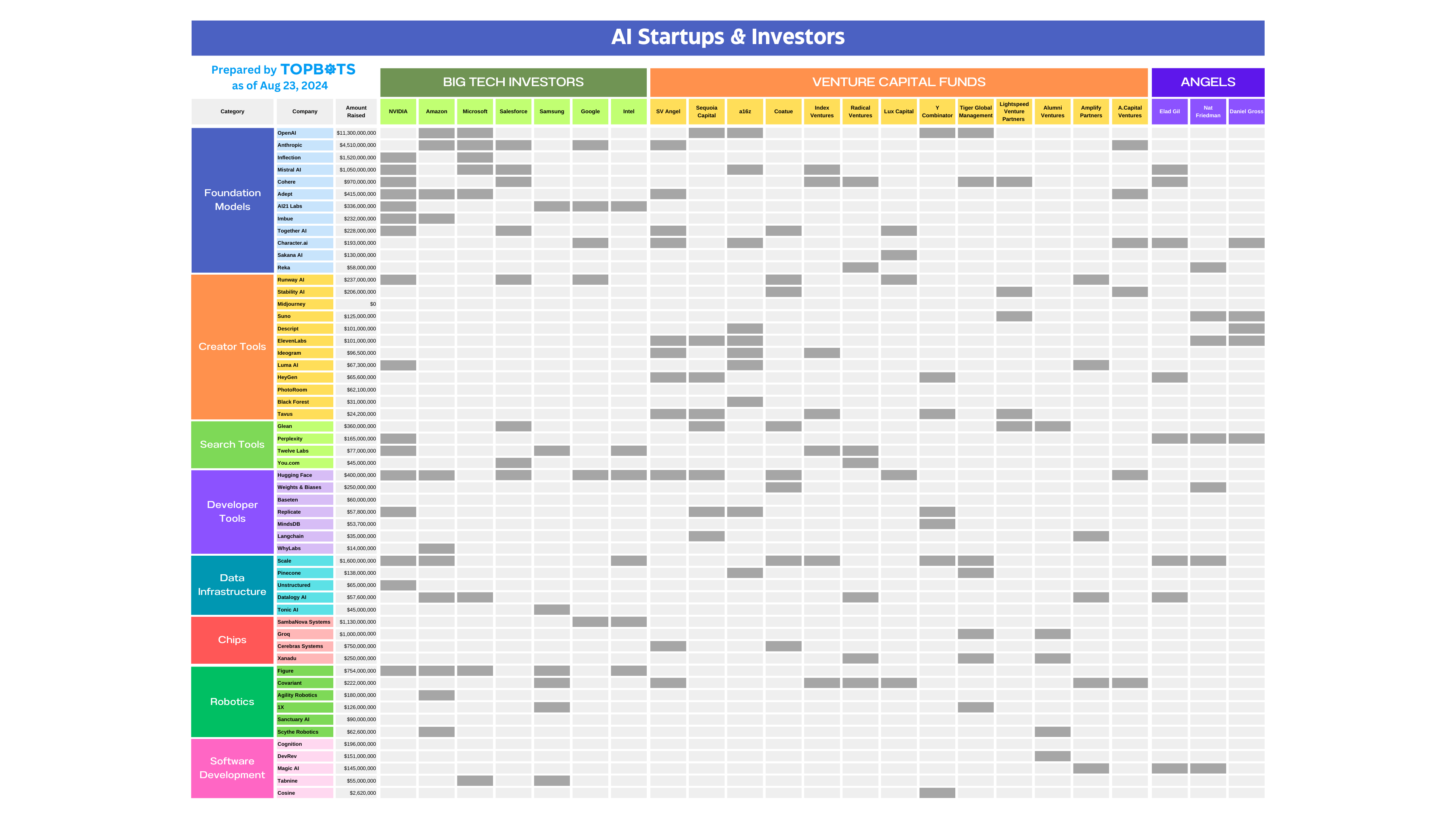
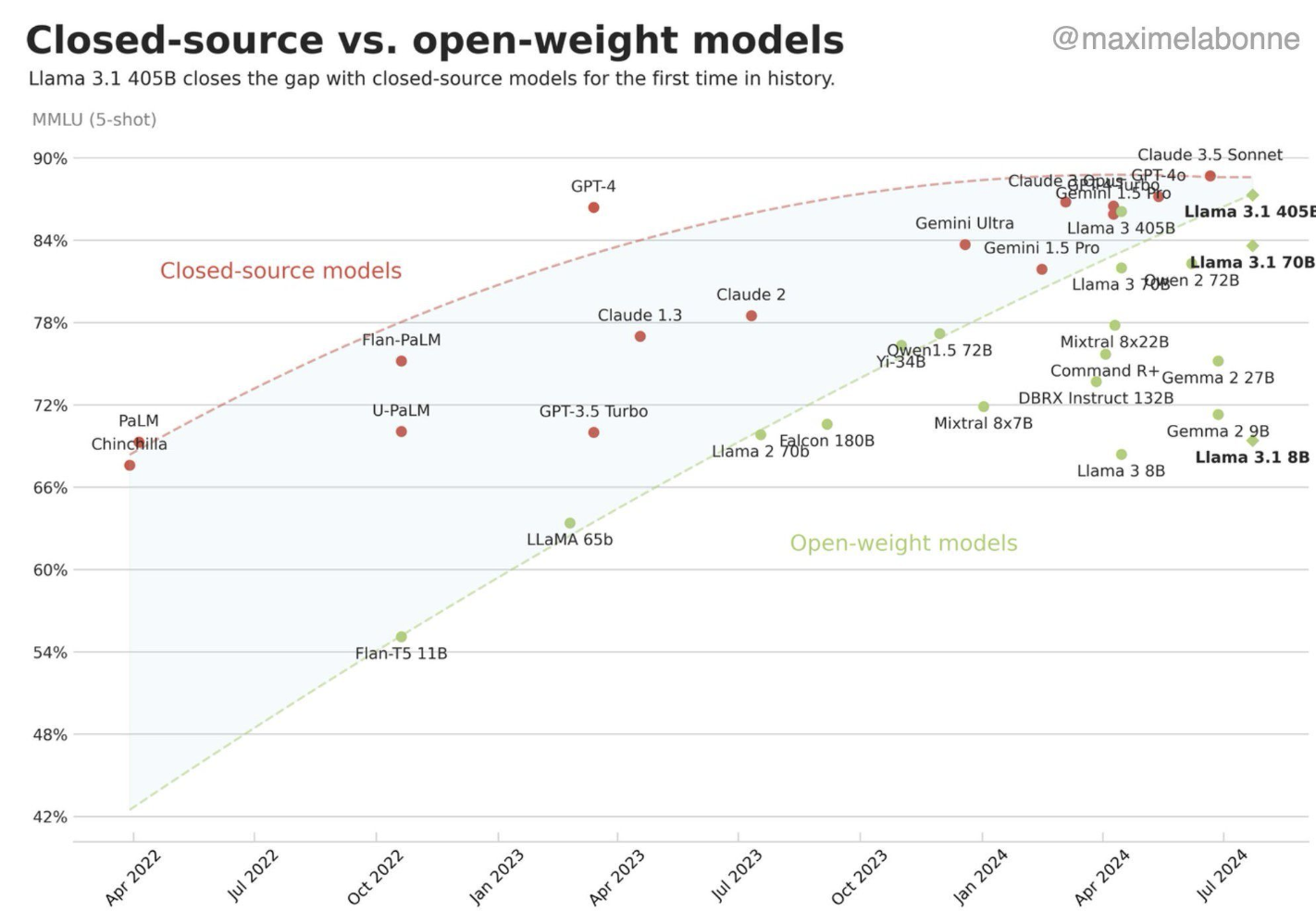
![[The AI Show Episode 148]: Microsoft’s Quiet AI Layoffs, US Copyright Office’s Bombshell AI Guidance, 2025 State of Marketing AI Report, and OpenAI Codex](https://www.marketingaiinstitute.com/hubfs/ep%20148%20cover%20%281%29.png)


![[The AI Show Episode 146]: Rise of “AI-First” Companies, AI Job Disruption, GPT-4o Update Gets Rolled Back, How Big Consulting Firms Use AI, and Meta AI App](https://www.marketingaiinstitute.com/hubfs/ep%20146%20cover.png)







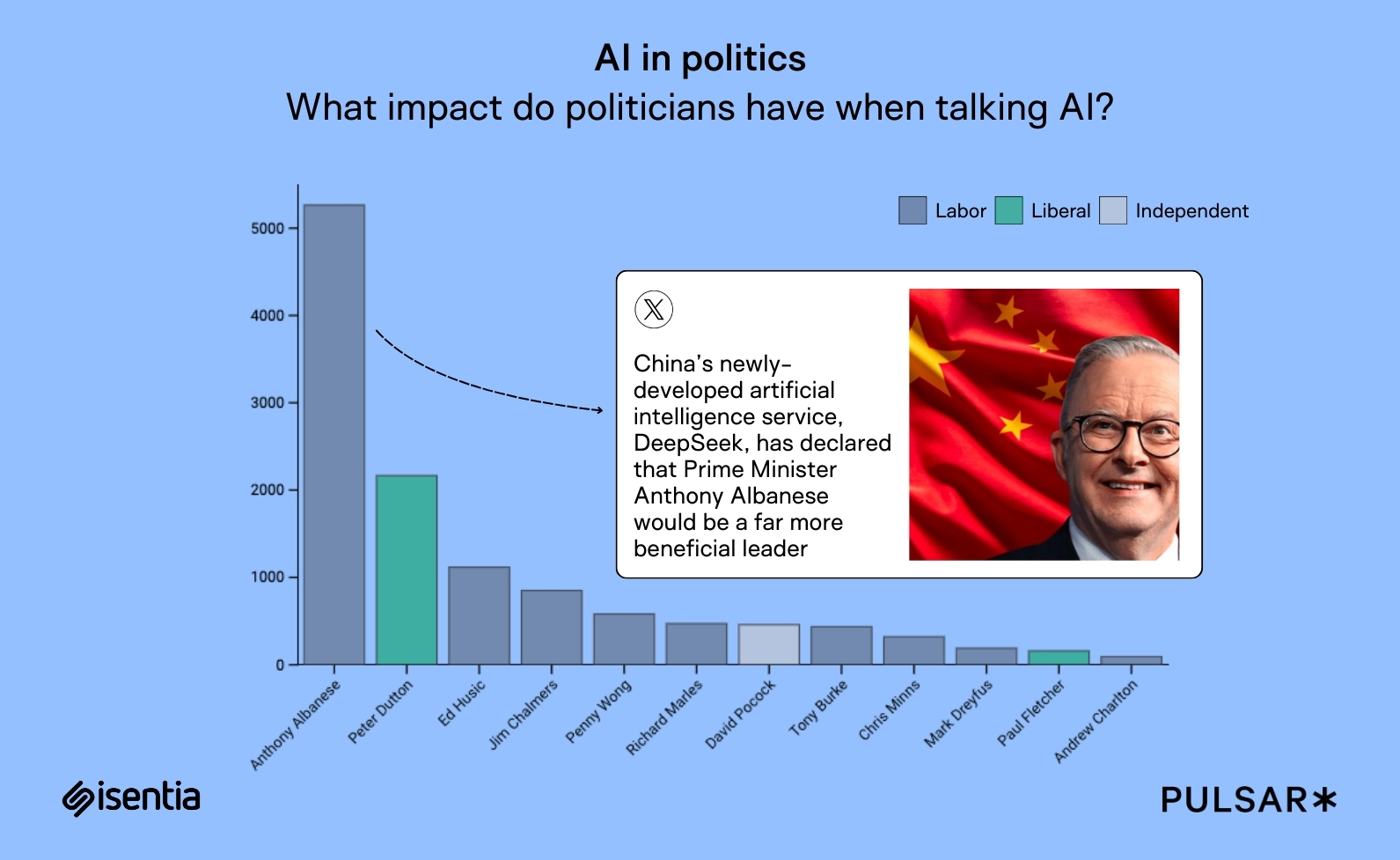
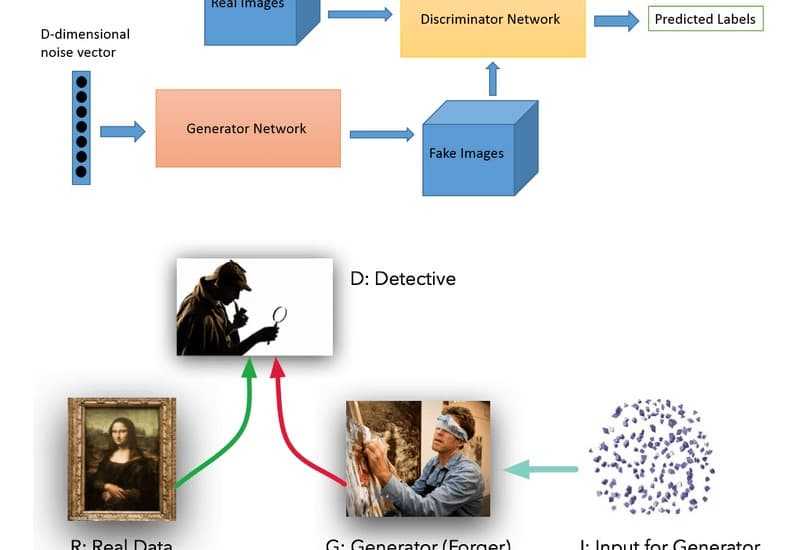

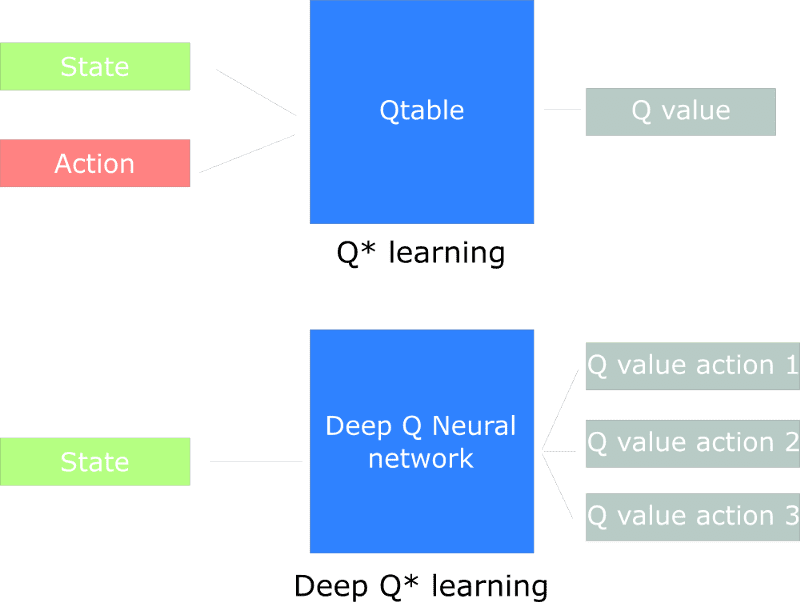

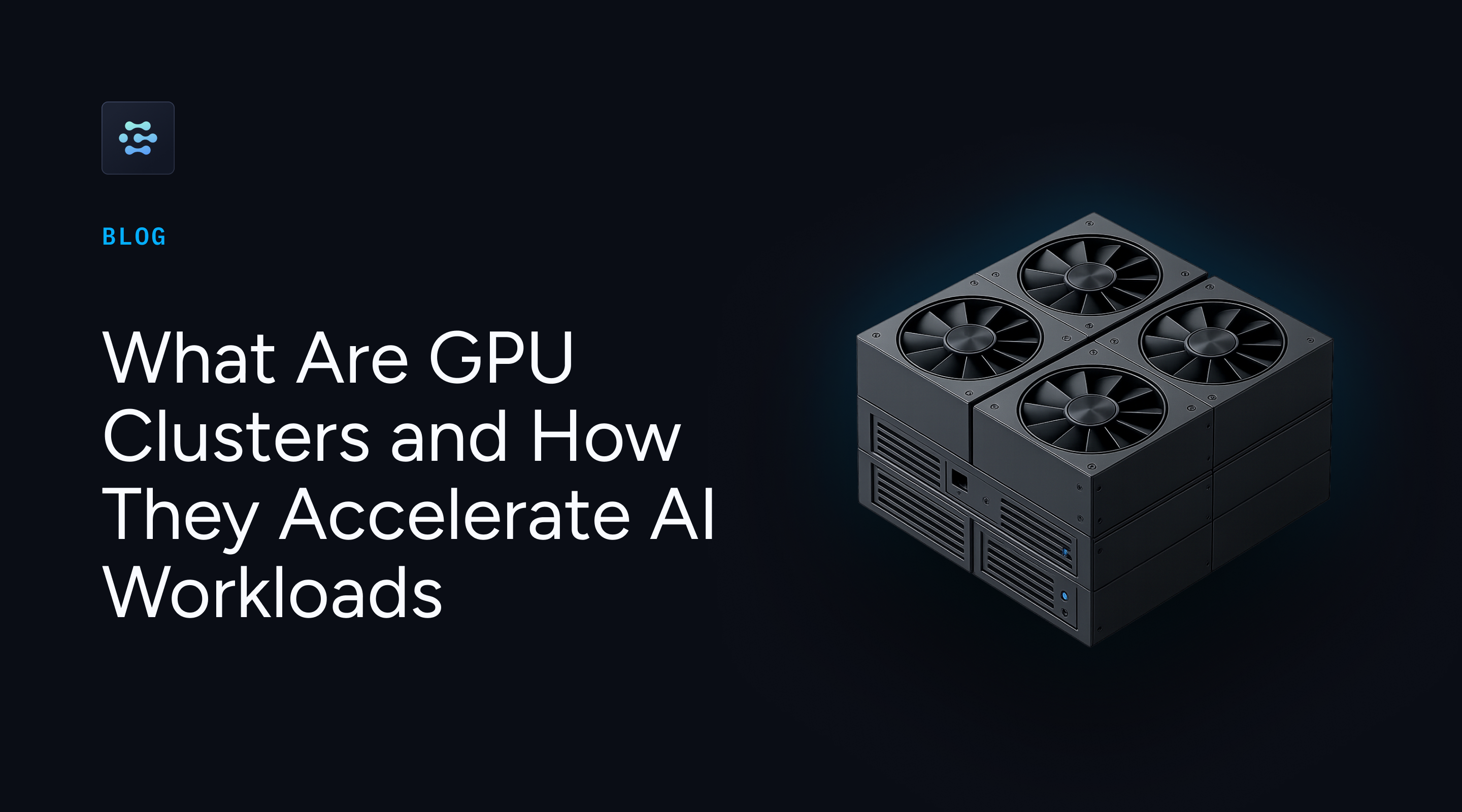
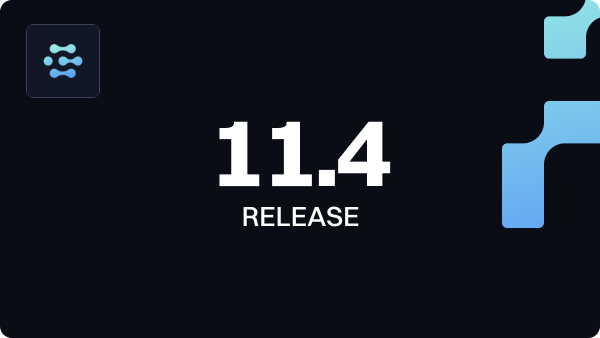
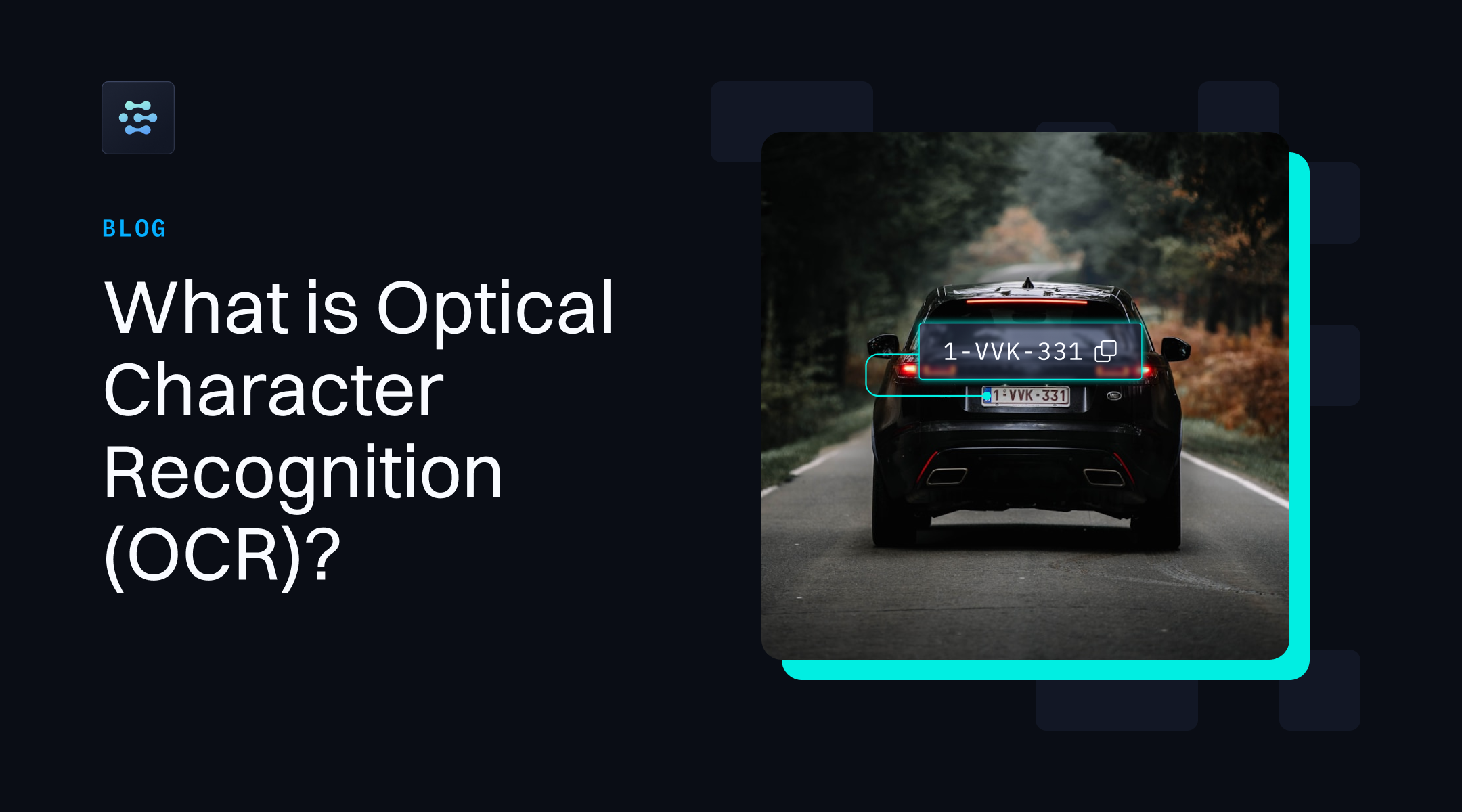

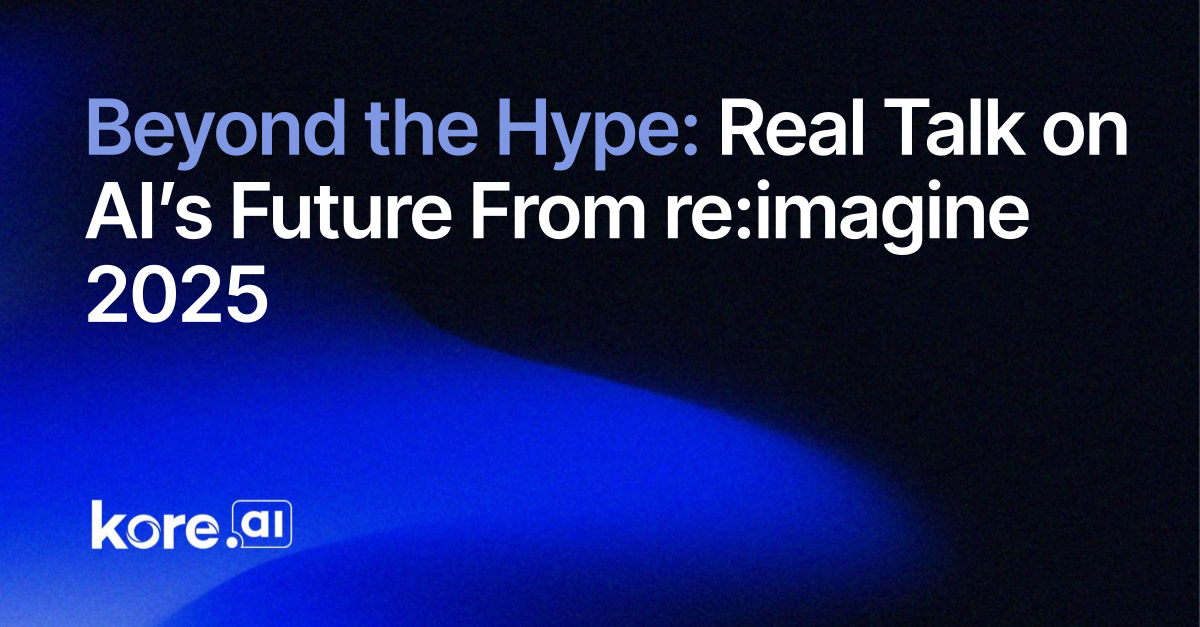

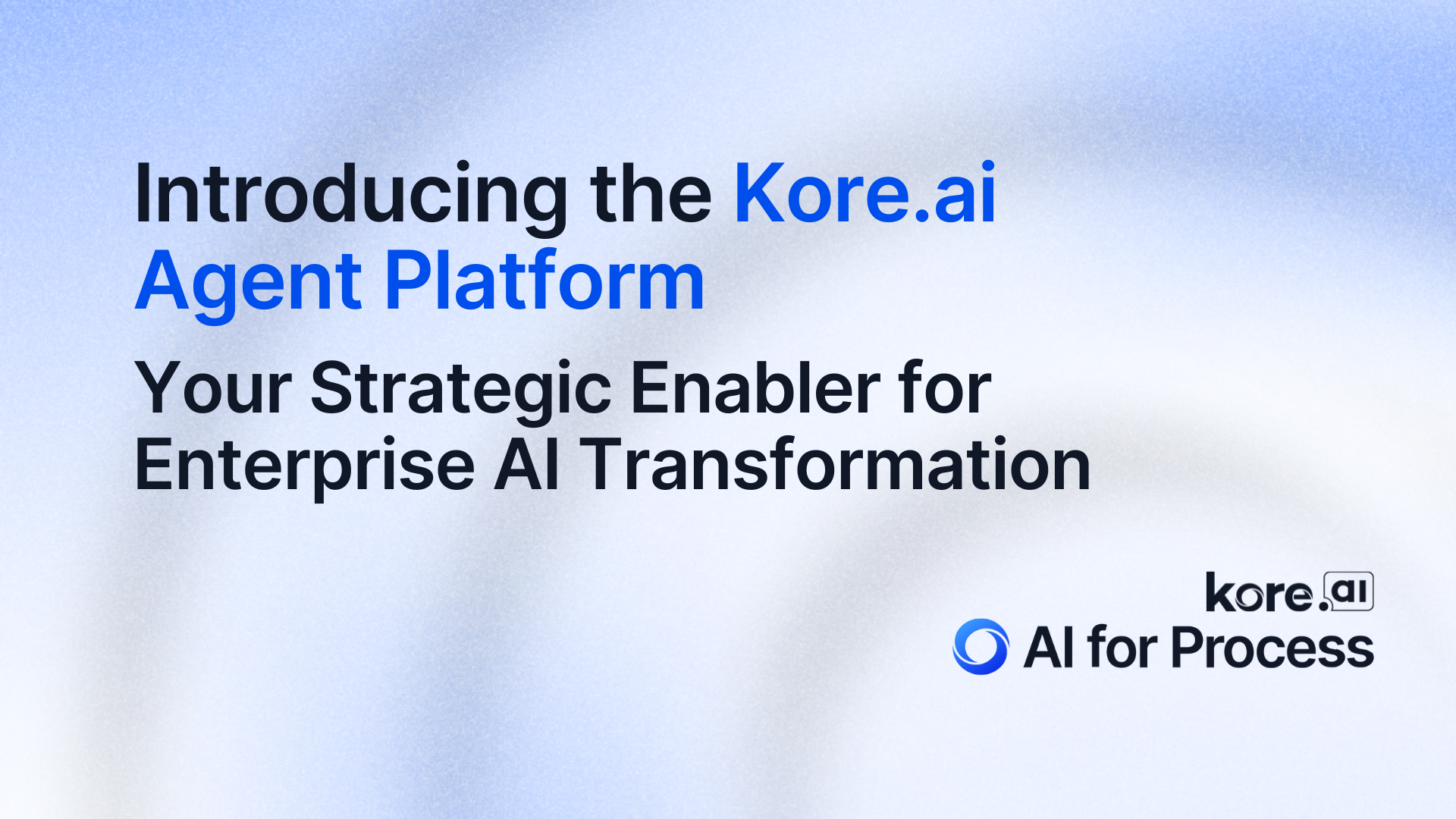
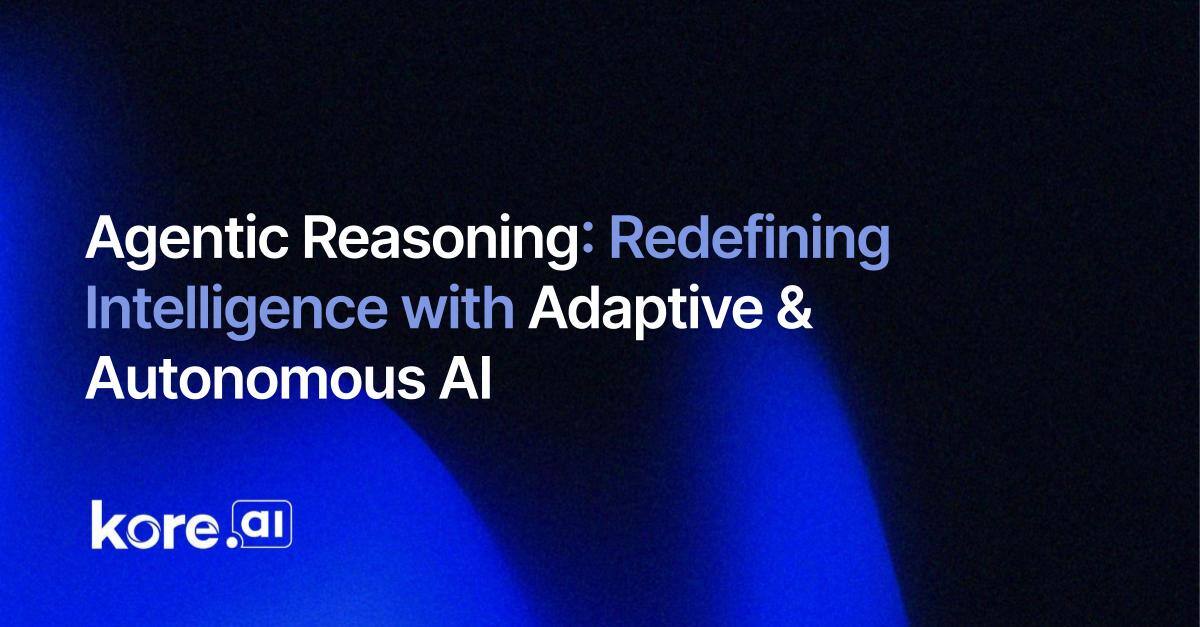








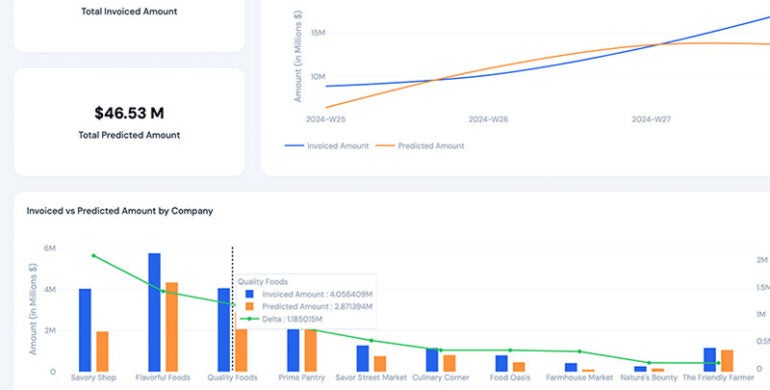
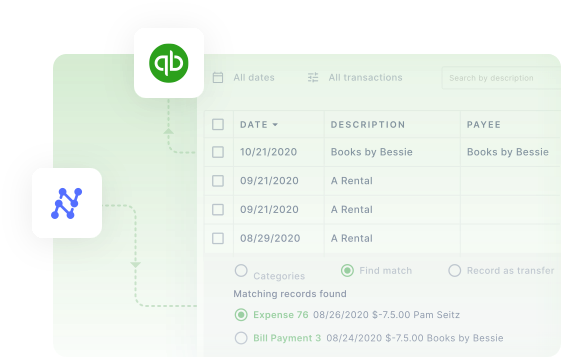

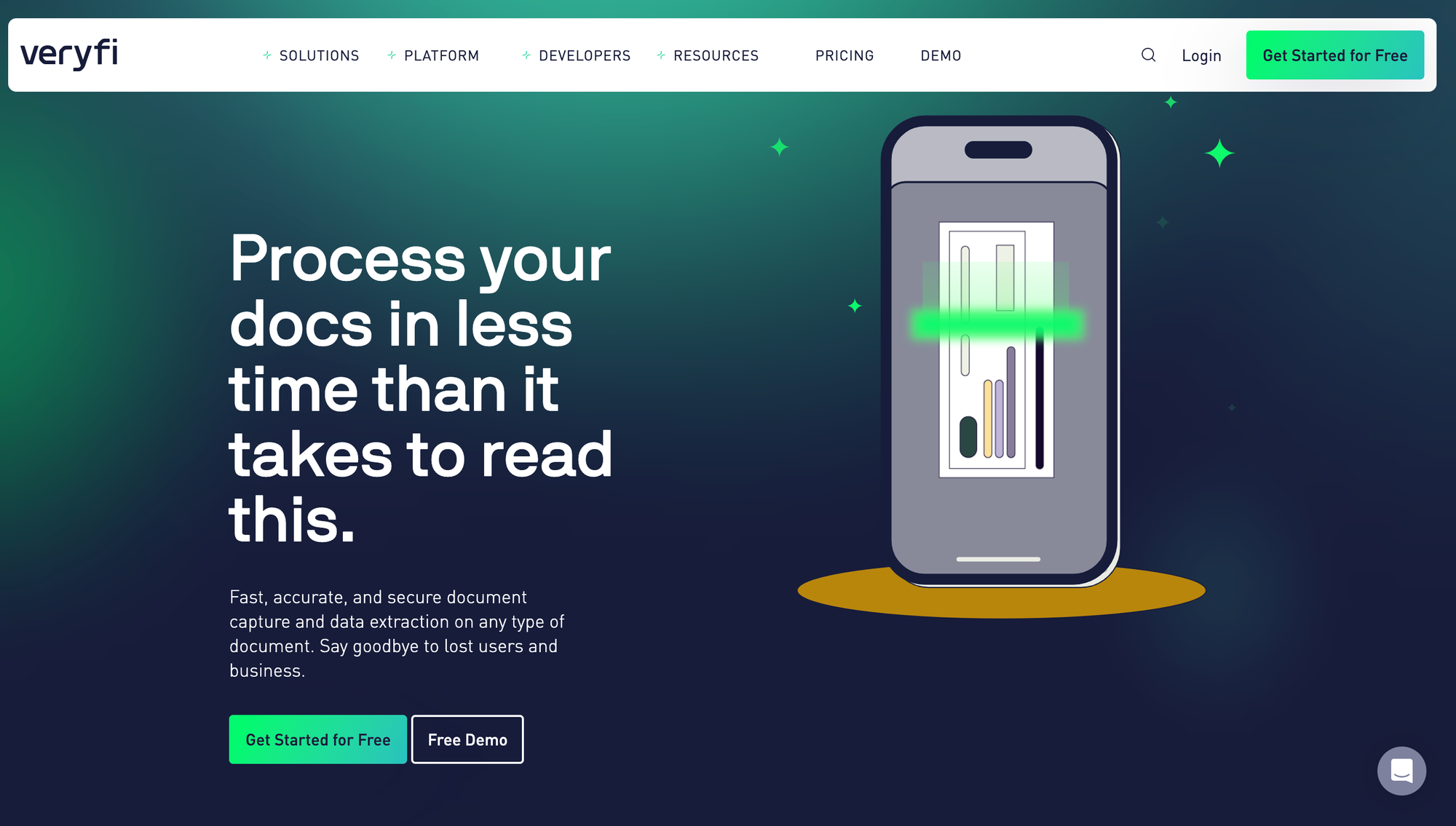
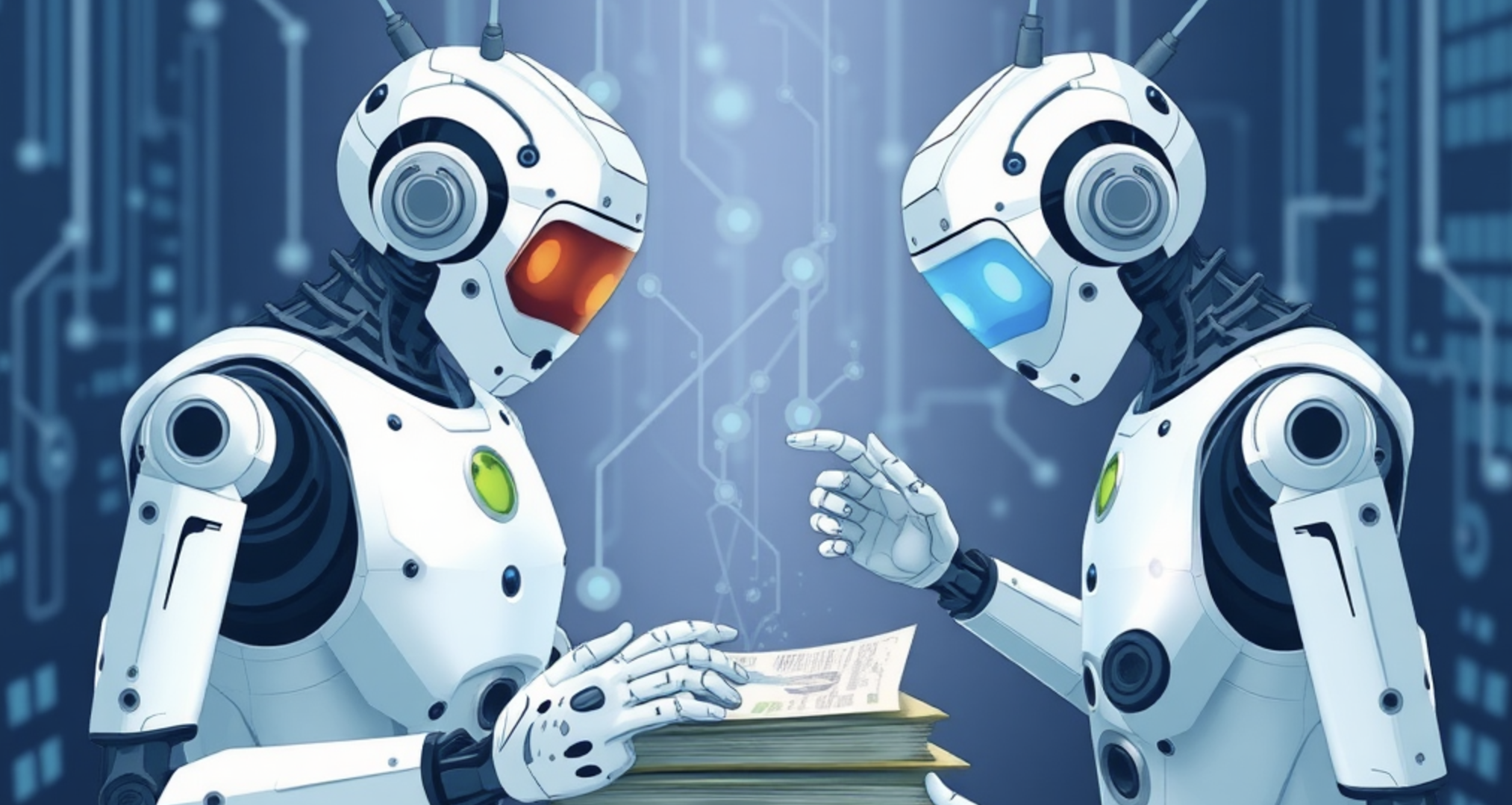

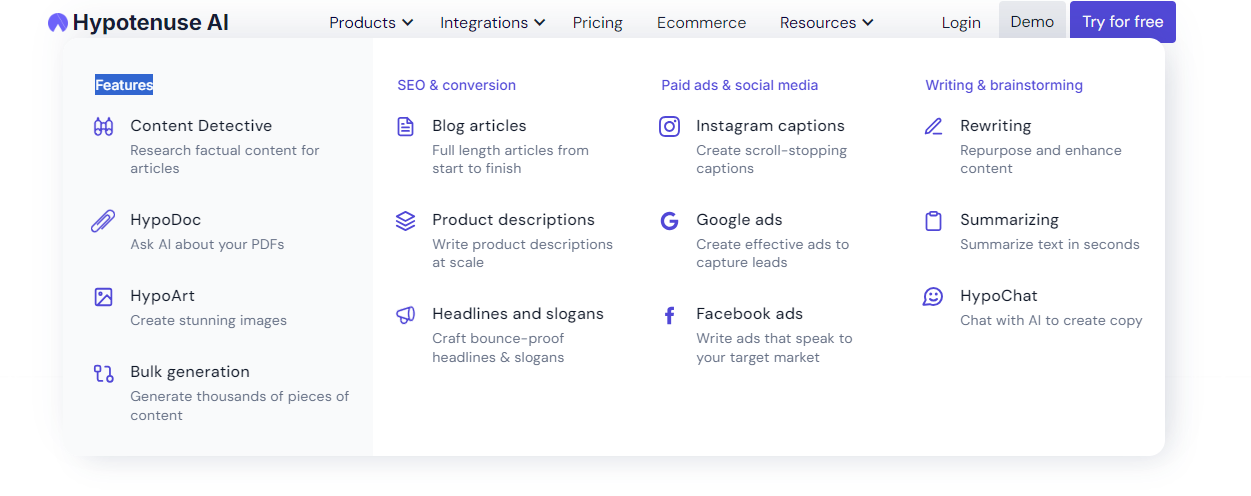


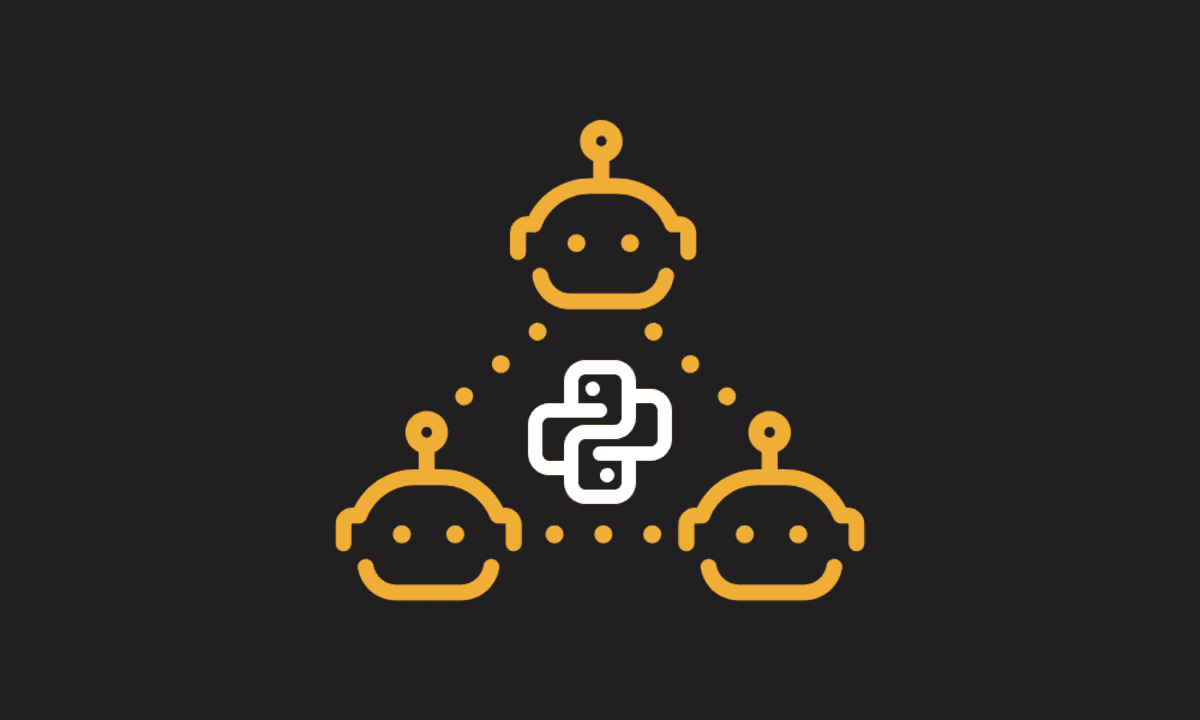





















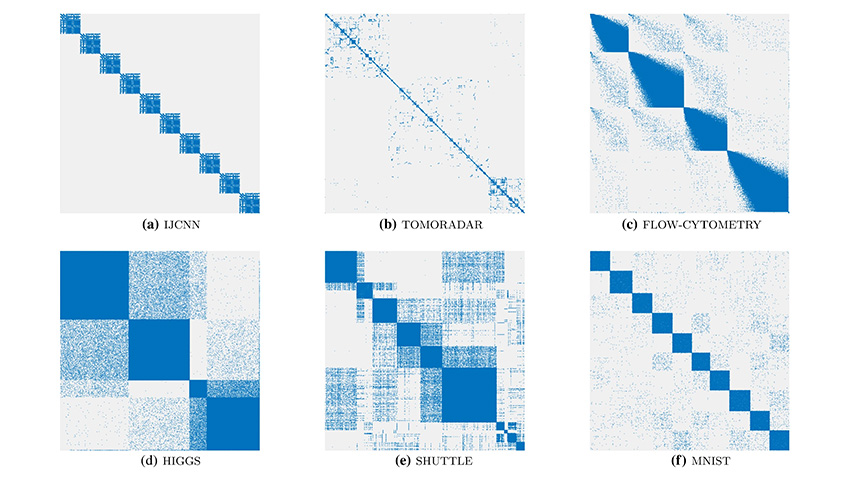
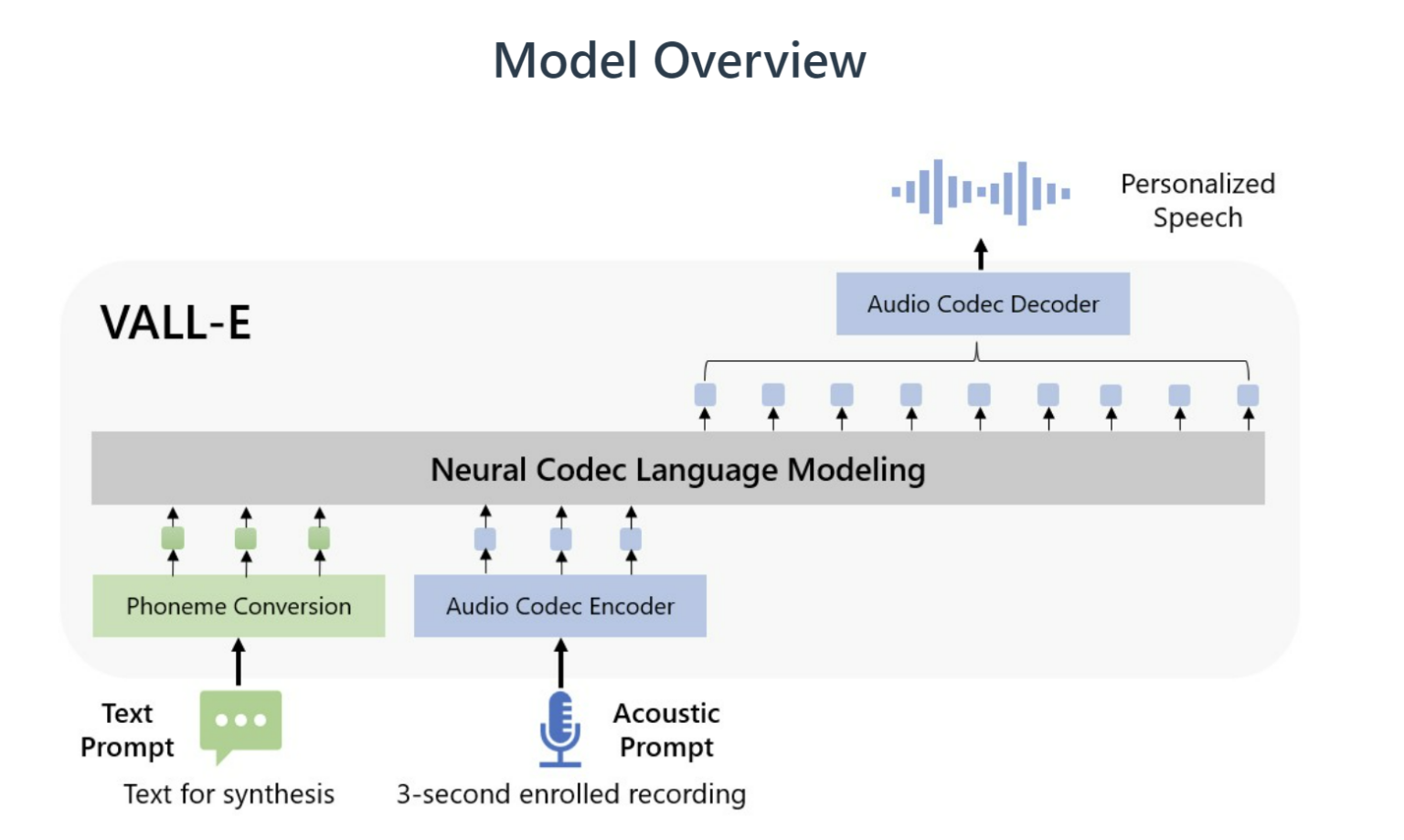


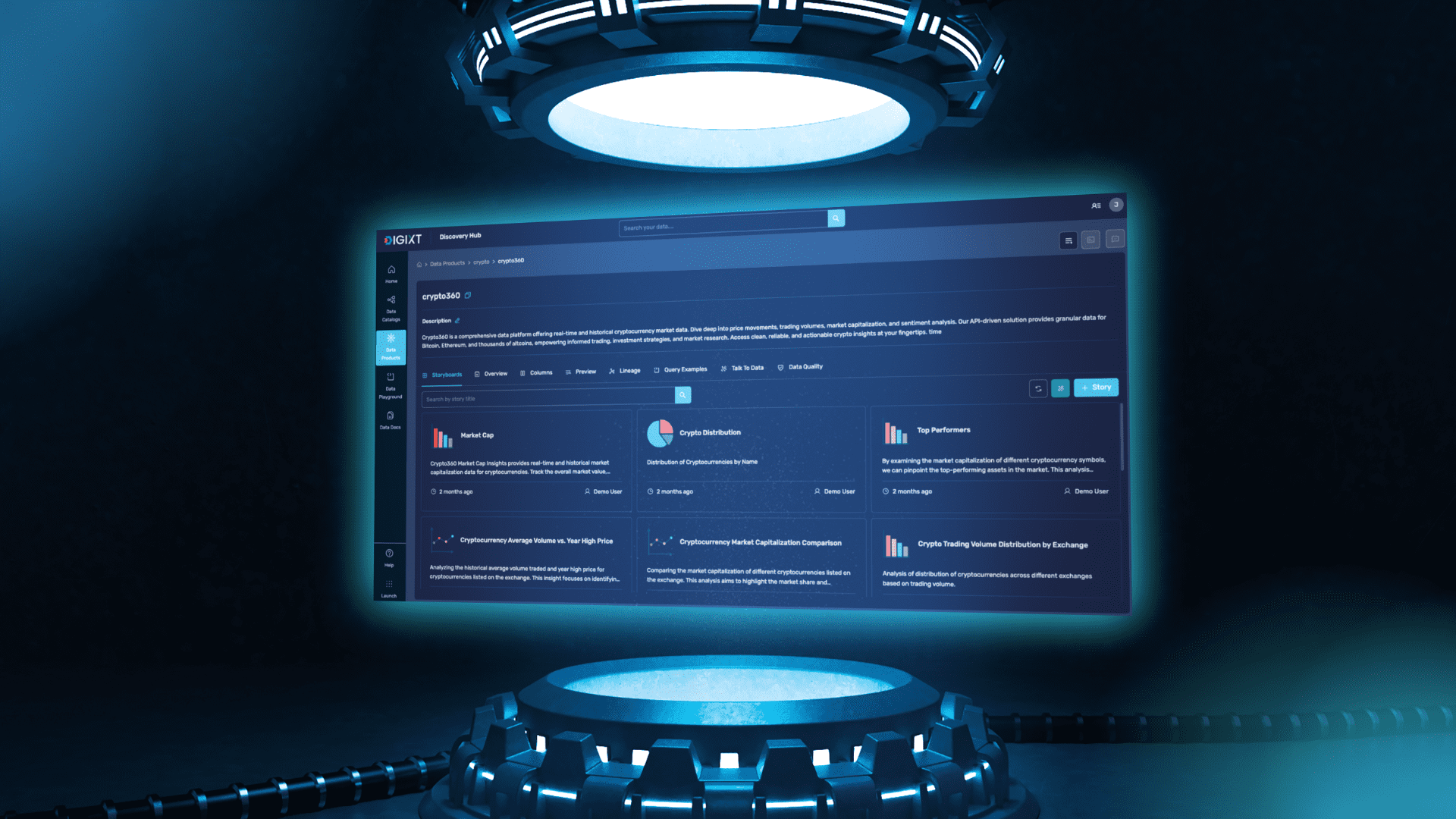
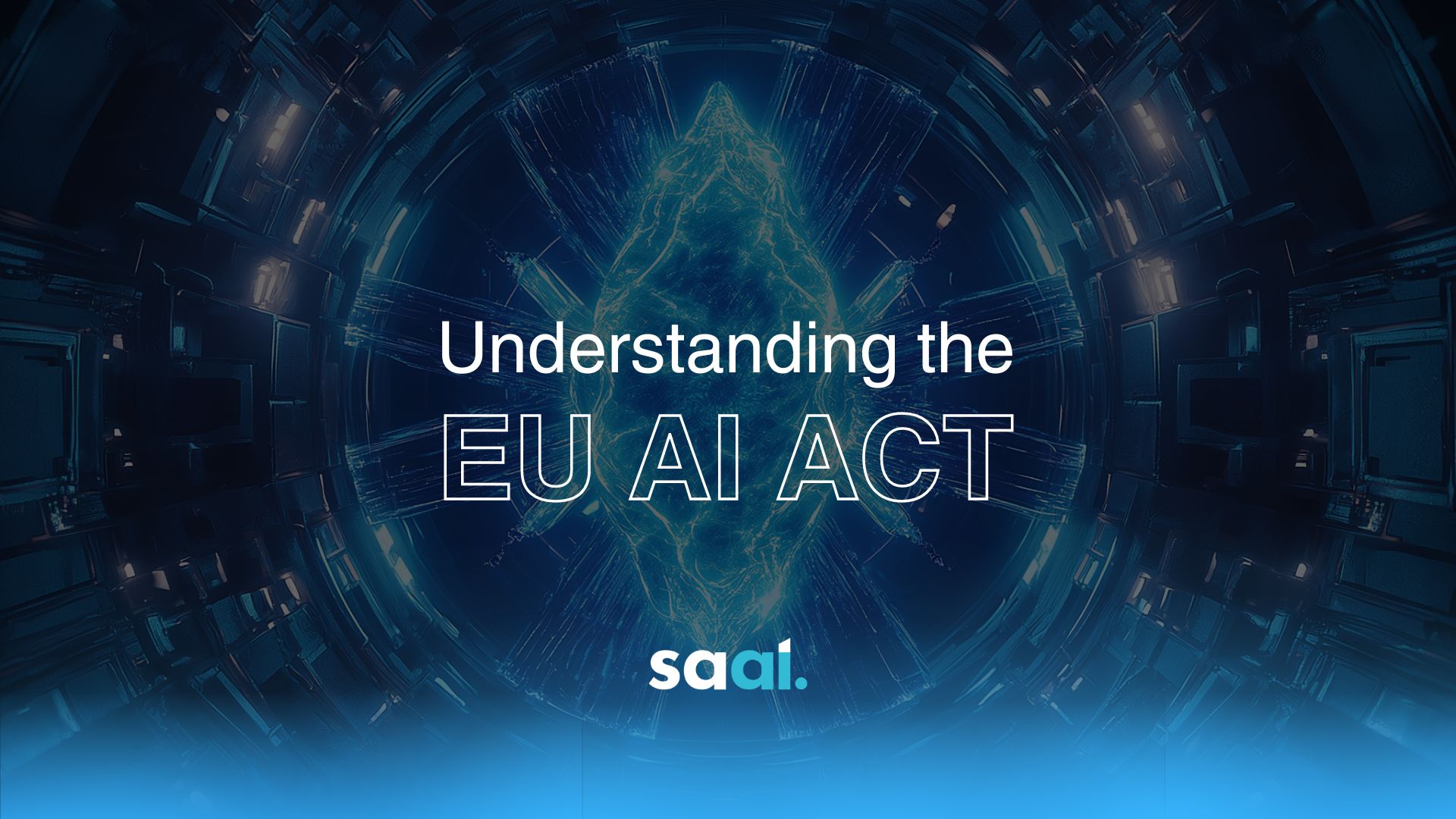










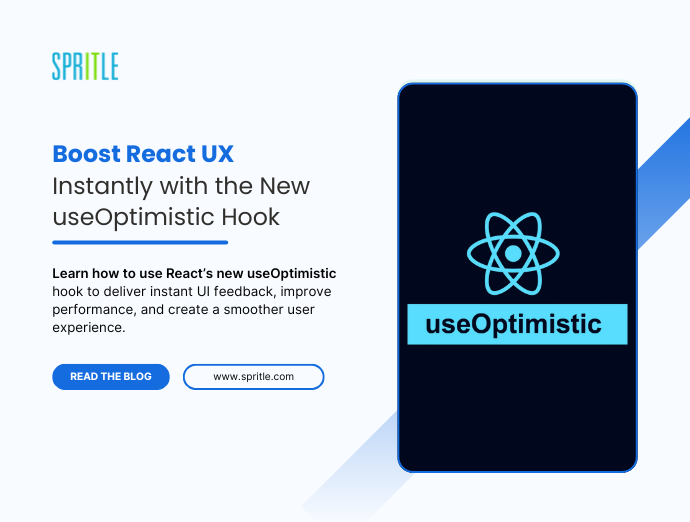






























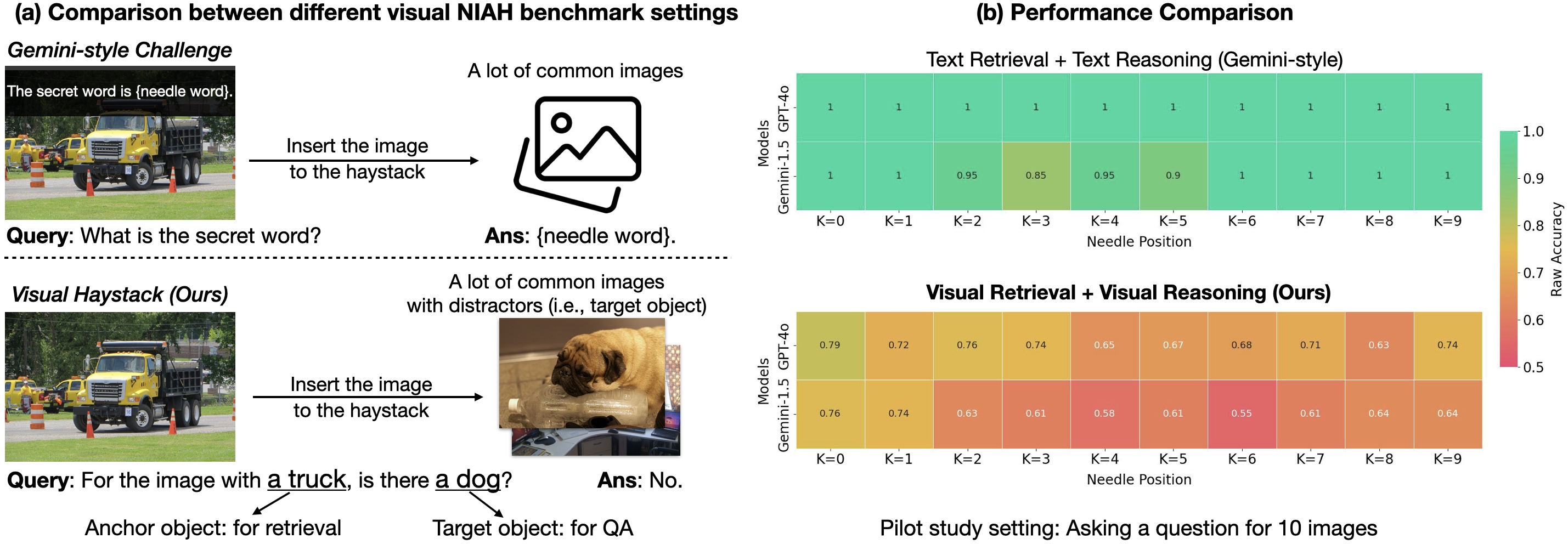







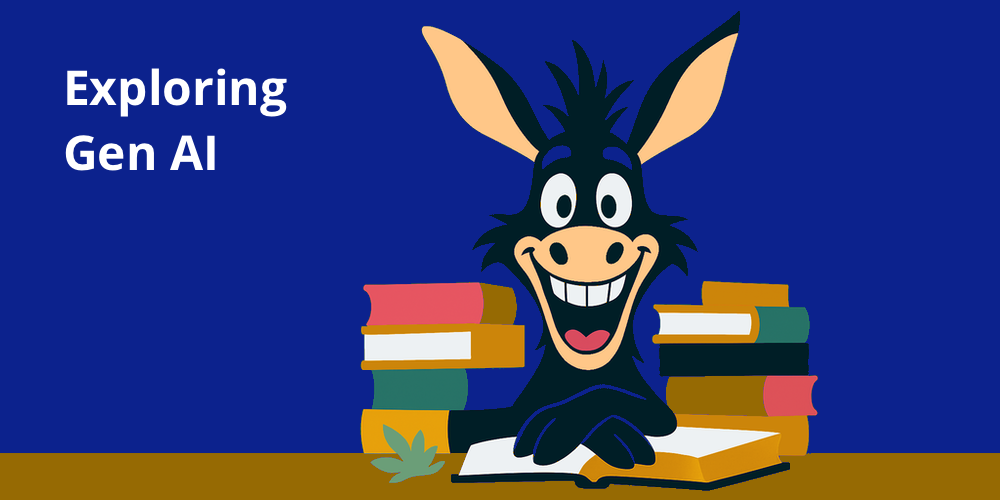



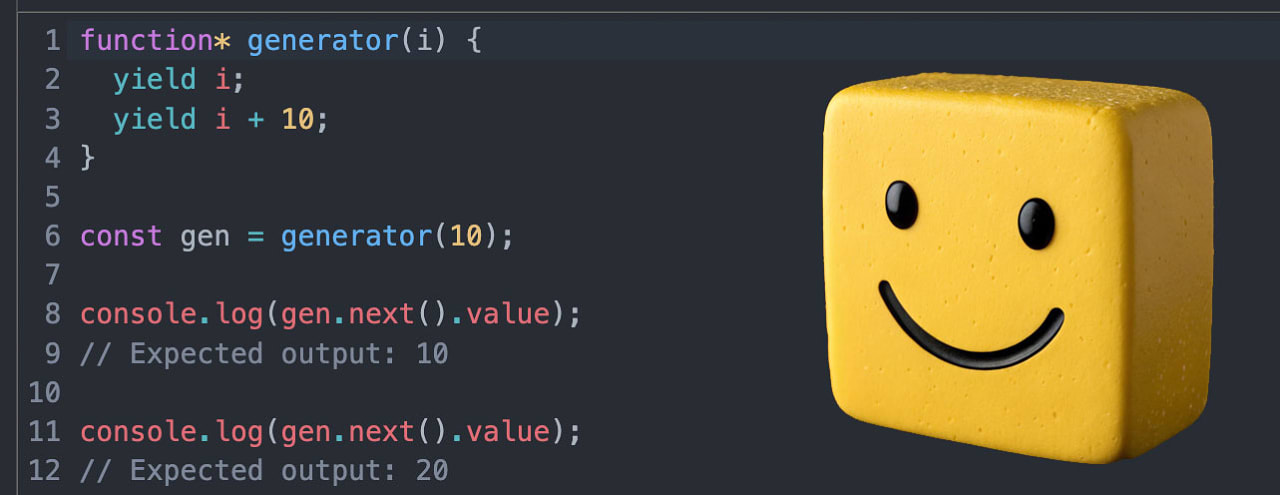
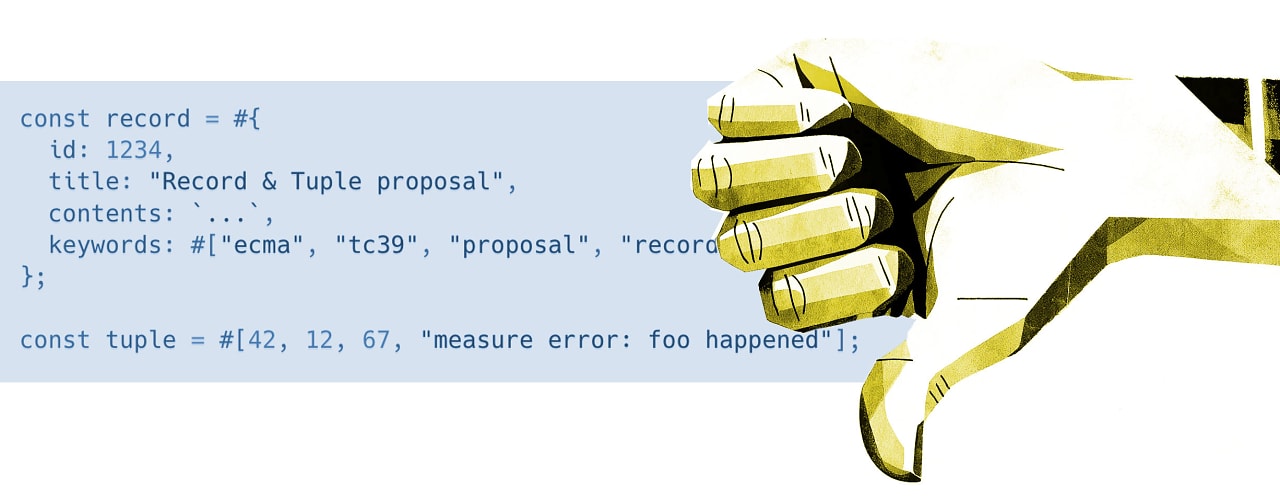
![[FREE EBOOKS] The Embedded Linux Security Handbook, Modern Generative AI with ChatGPT and OpenAI Models & Four More Best Selling Titles](https://www.javacodegeeks.com/wp-content/uploads/2012/12/jcg-logo.jpg)





![Laid off but not afraid with X-senior Microsoft Dev MacKevin Fey [Podcast #173]](https://cdn.hashnode.com/res/hashnode/image/upload/v1747965474270/ae29dc33-4231-47b2-afd1-689b3785fb79.png?#)
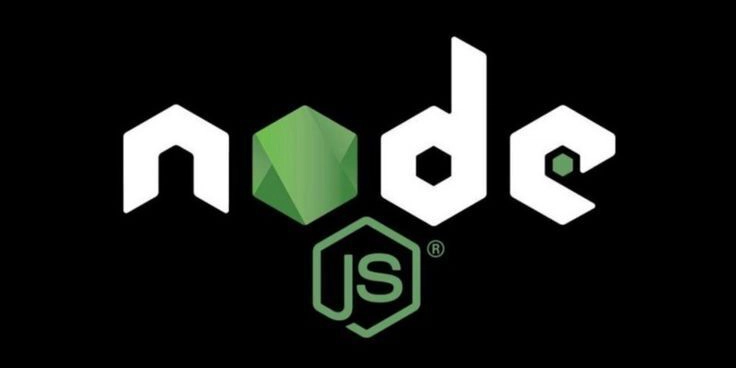
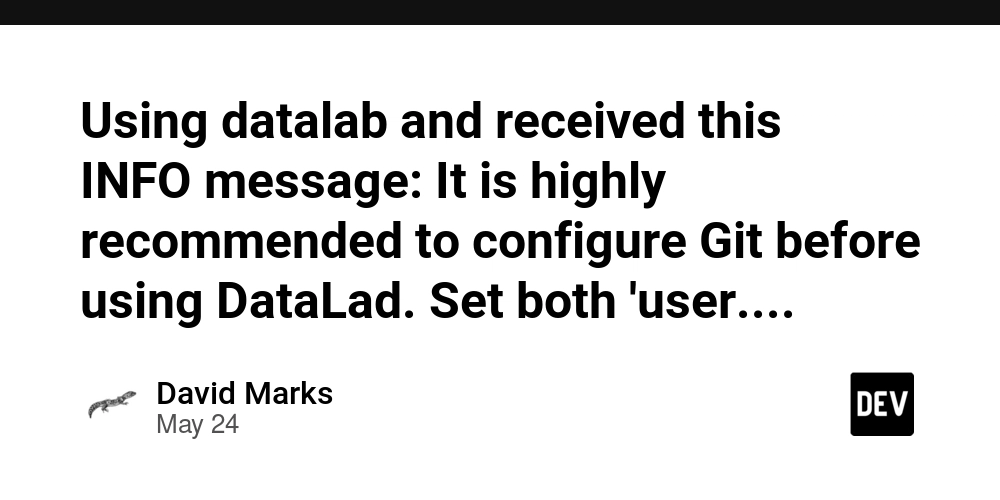

















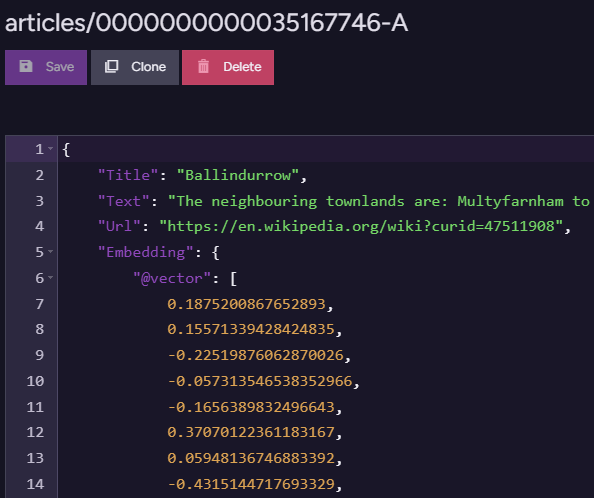















































































































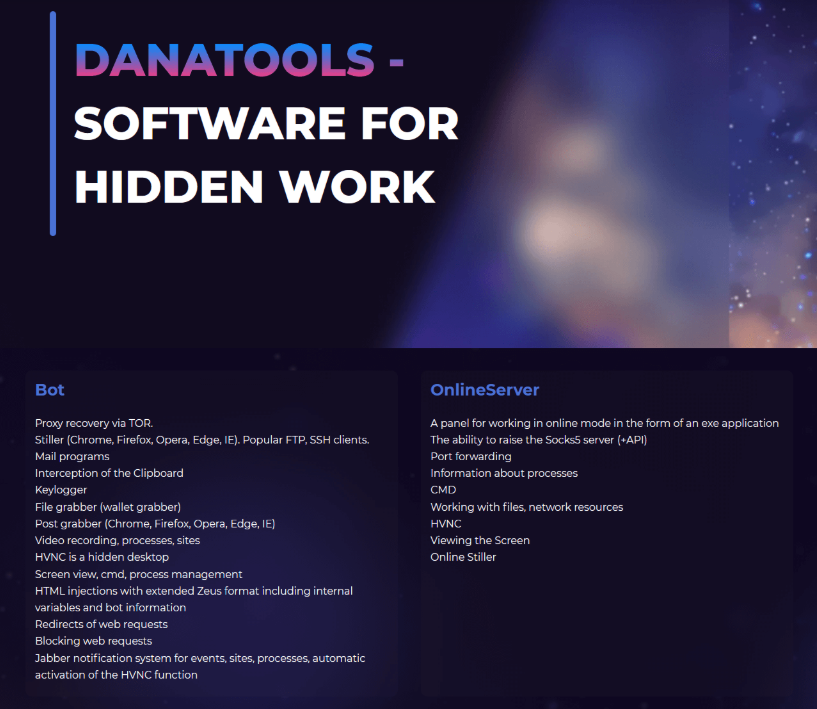




_David_Hall_-Alamy.jpg?width=1280&auto=webp&quality=80&disable=upscale#)
_Andriy_Popov_Alamy_Stock_Photo.jpg?width=1280&auto=webp&quality=80&disable=upscale#)





















































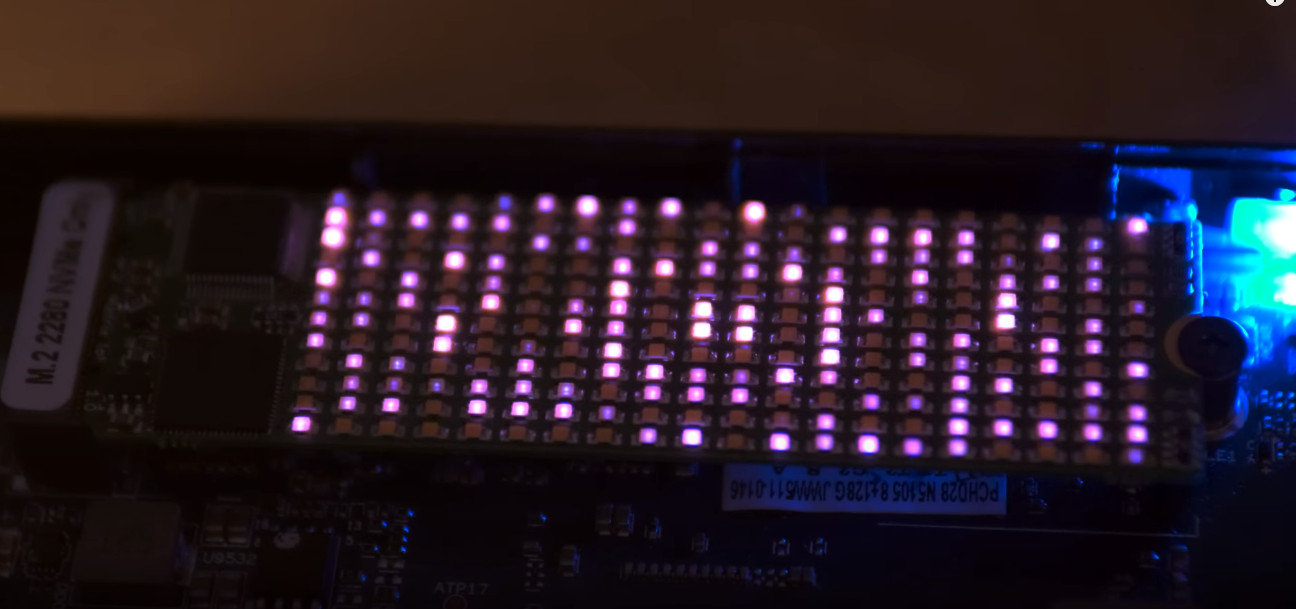









































![This ultra-thin Qi2 charger belongs in any travel pack [Hands-on]](https://i0.wp.com/9to5mac.com/wp-content/uploads/sites/6/2025/05/Kuxiu-FI.jpg.jpg?resize=1200%2C628&quality=82&strip=all&ssl=1)













![Xiaomi Tops Wearables Market as Apple Slips to Second in Q1 2025 [Chart]](https://www.iclarified.com/images/news/97417/97417/97417-640.jpg)


![Apple Shares Official Trailer for Season 2 of 'The Buccaneers' [Video]](https://www.iclarified.com/images/news/97414/97414/97414-640.jpg)

































































